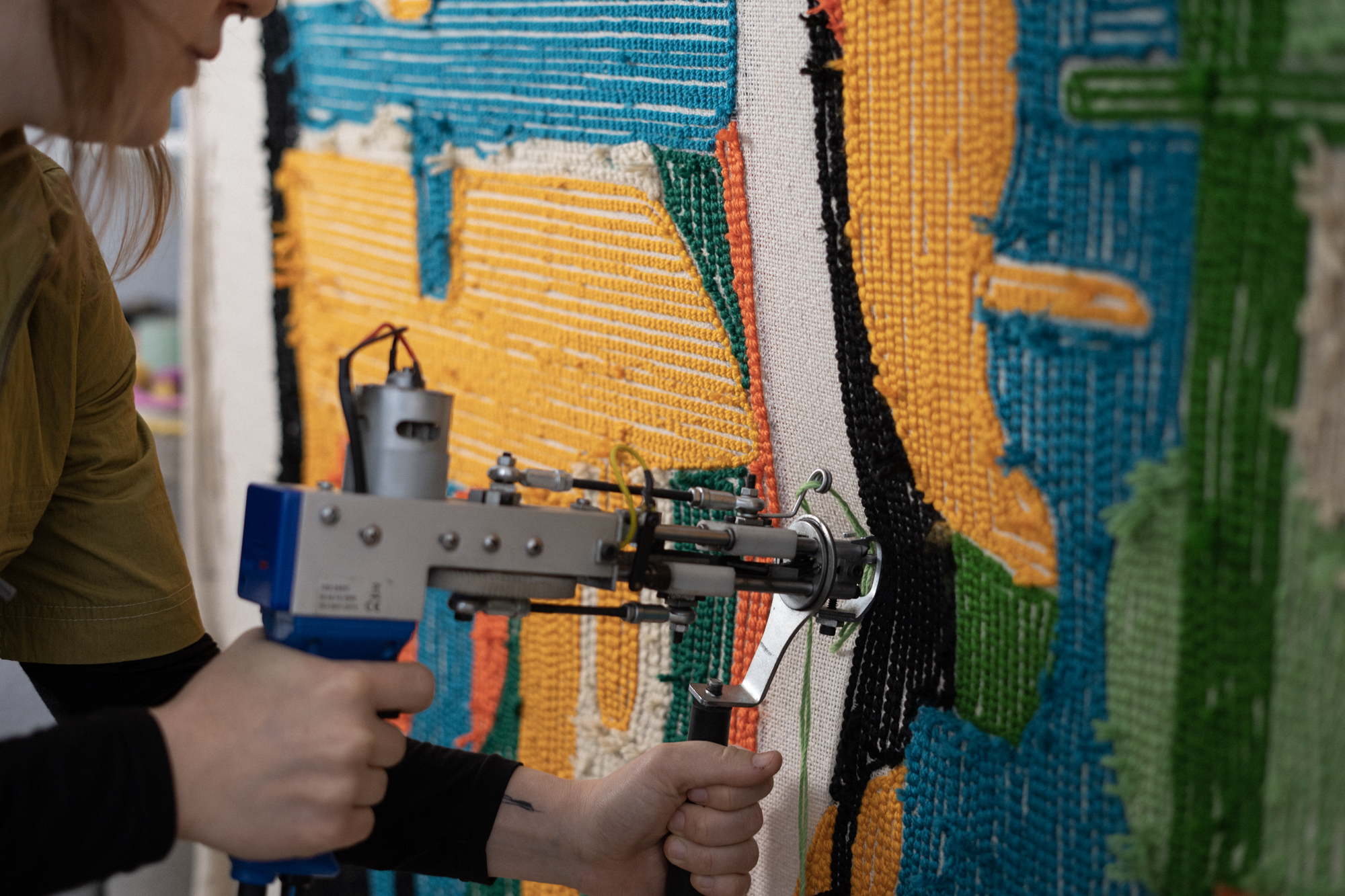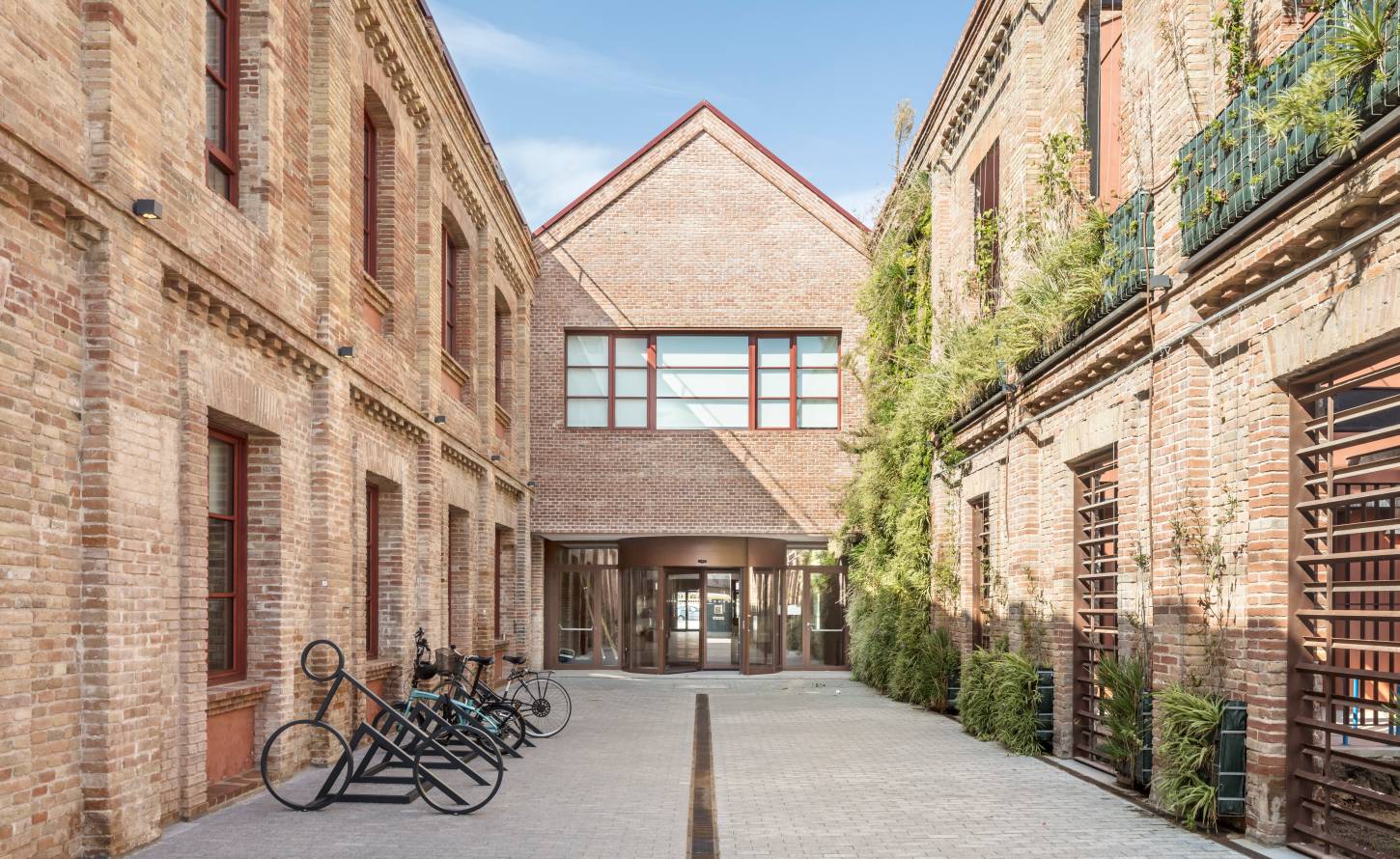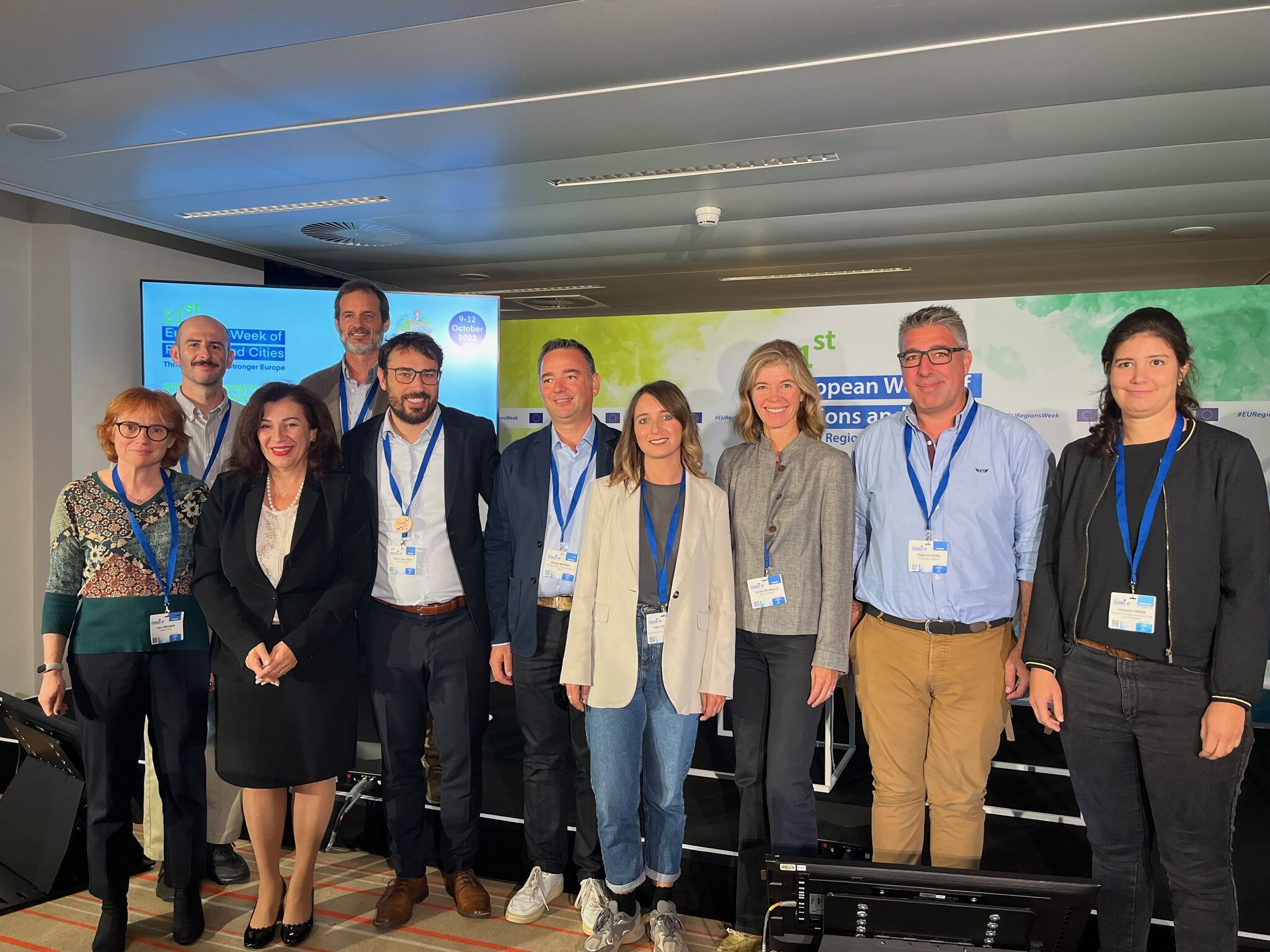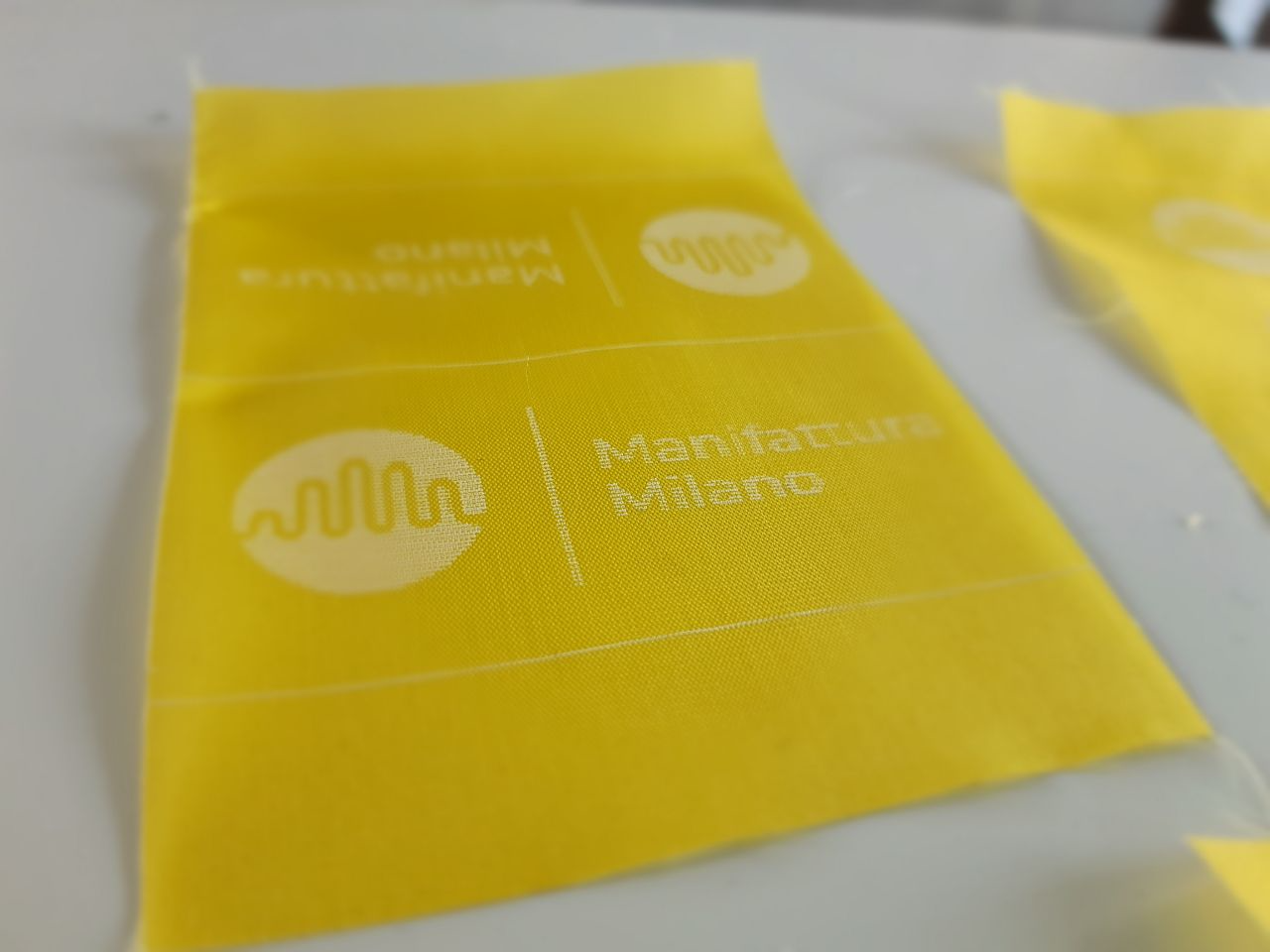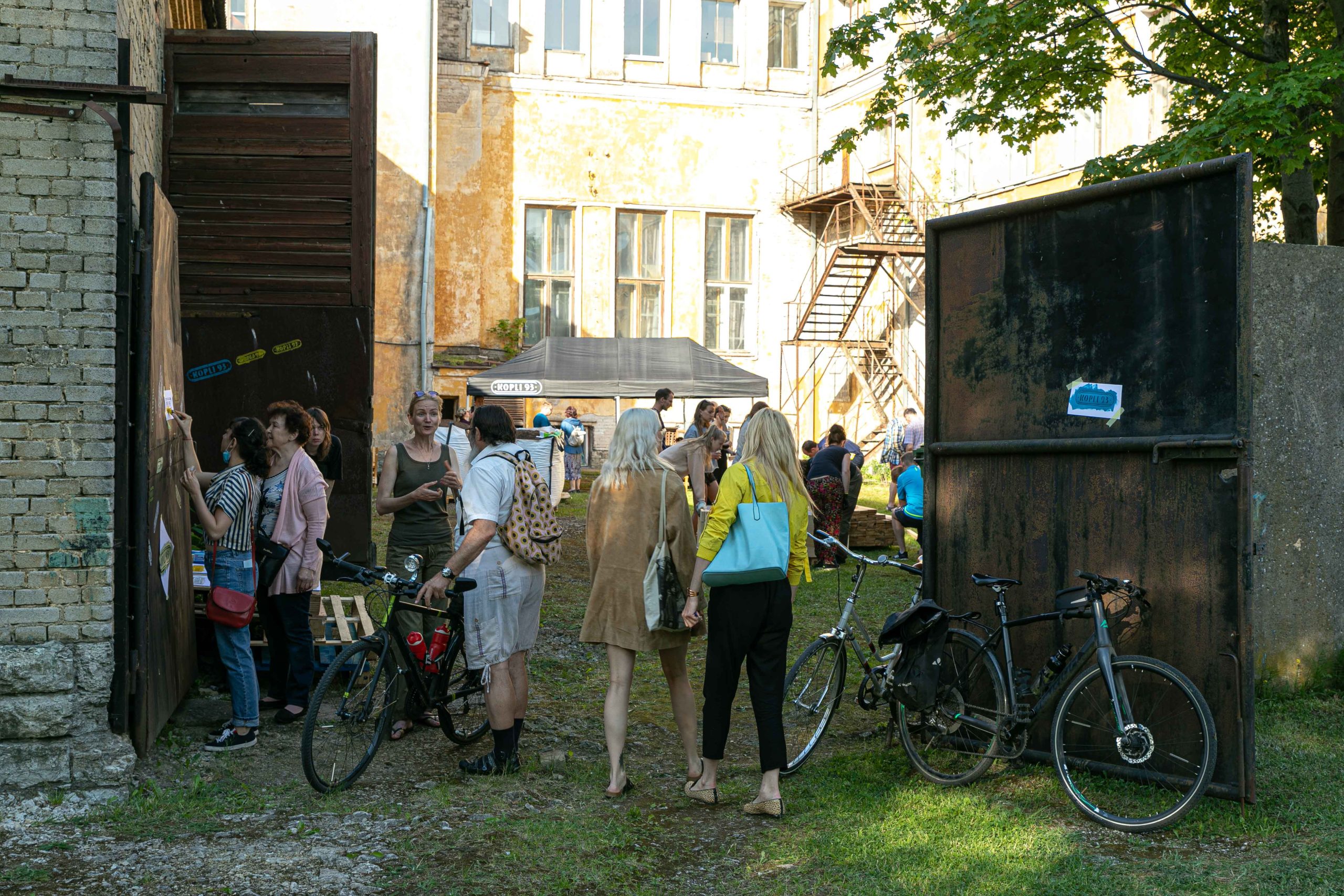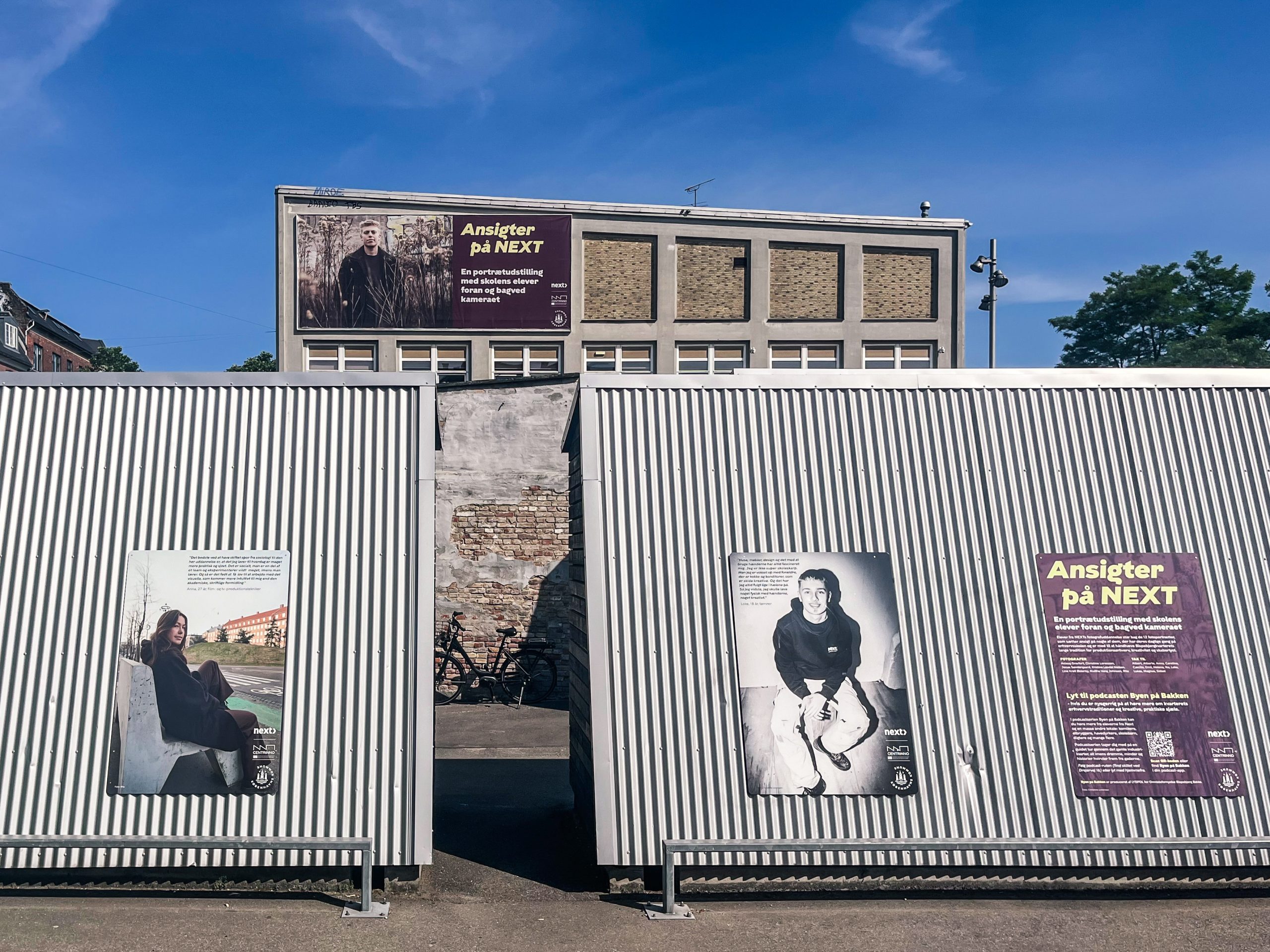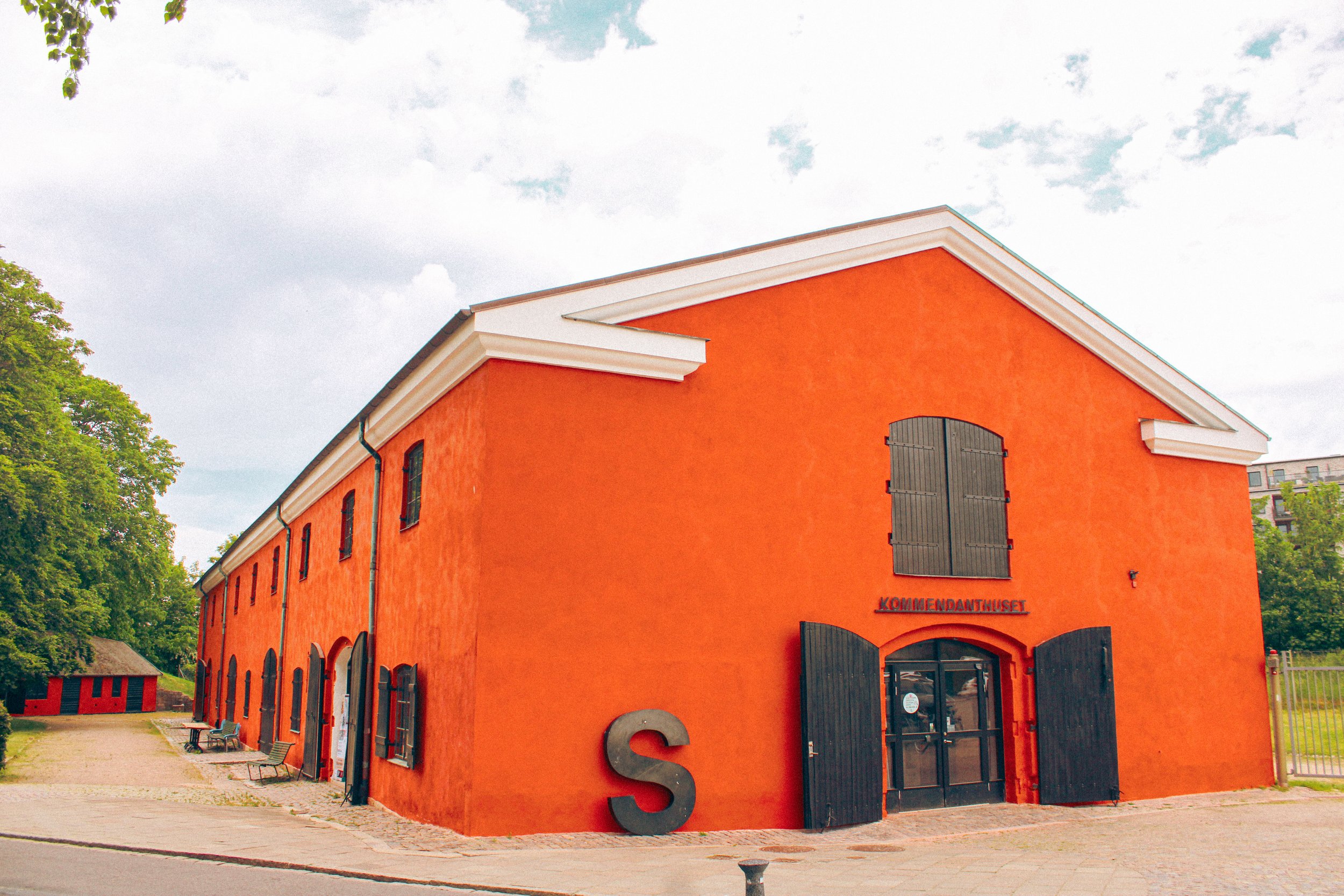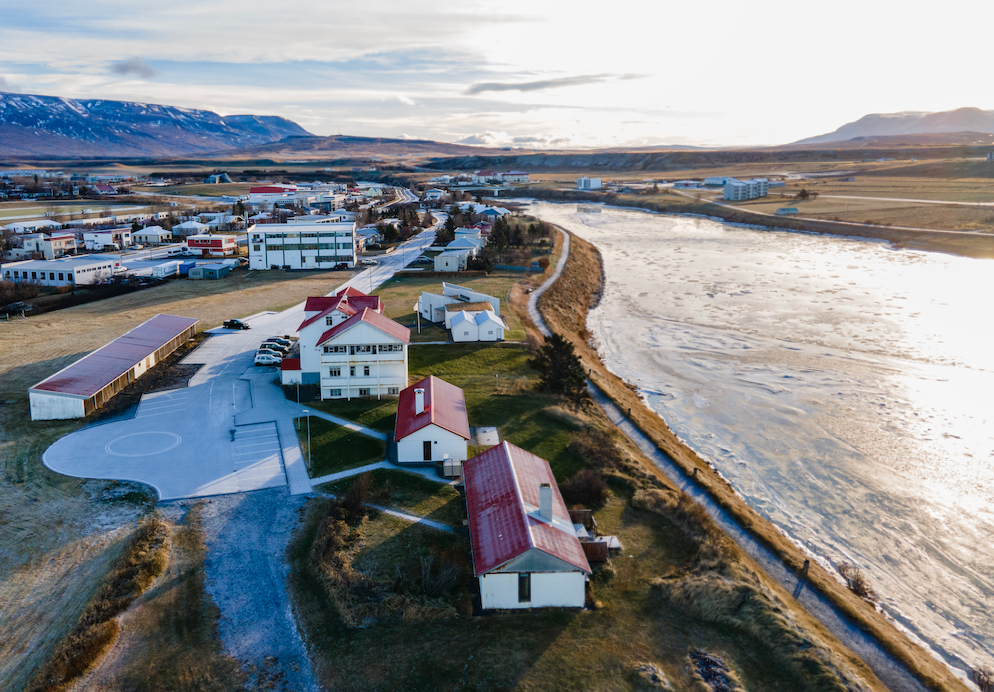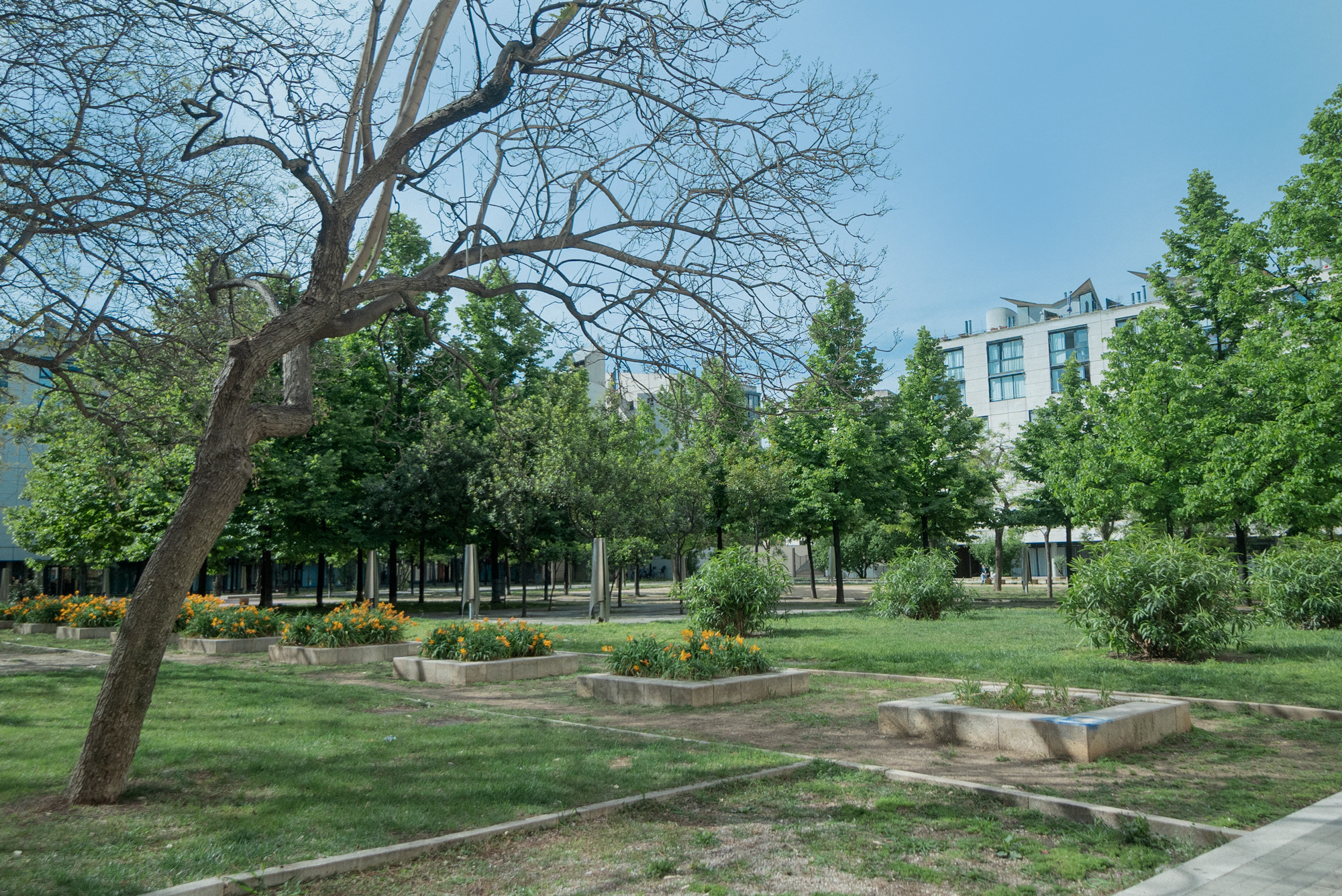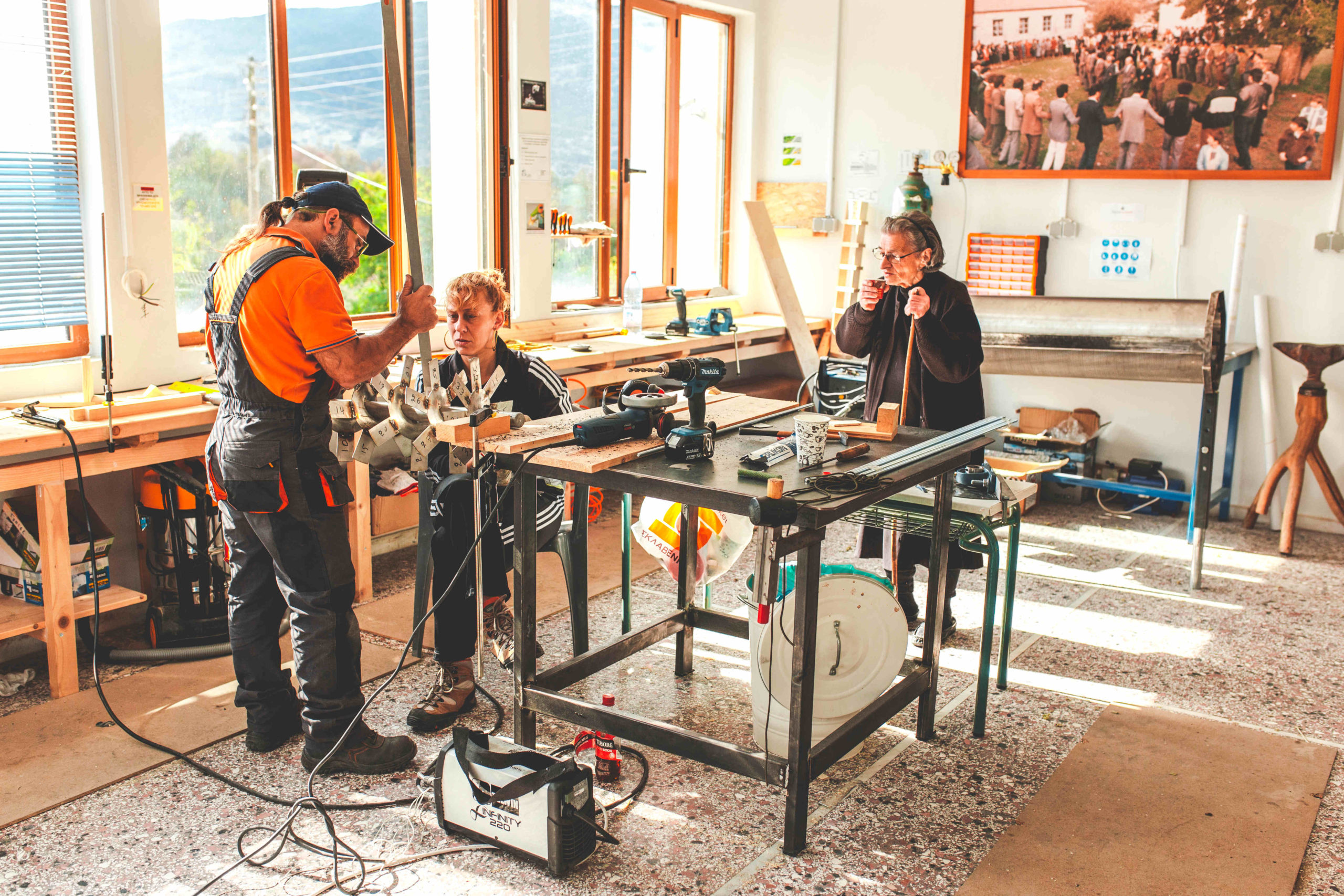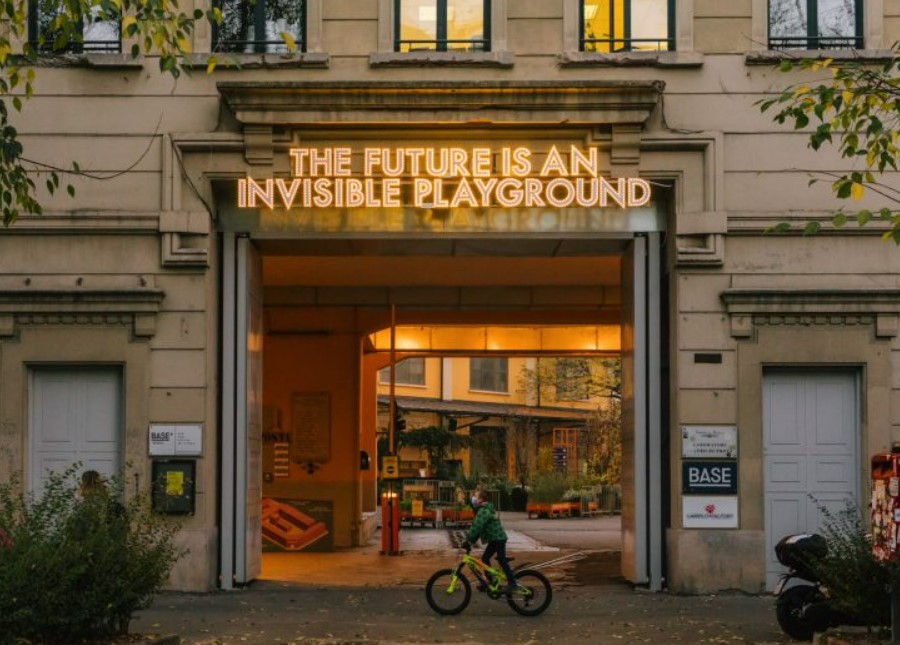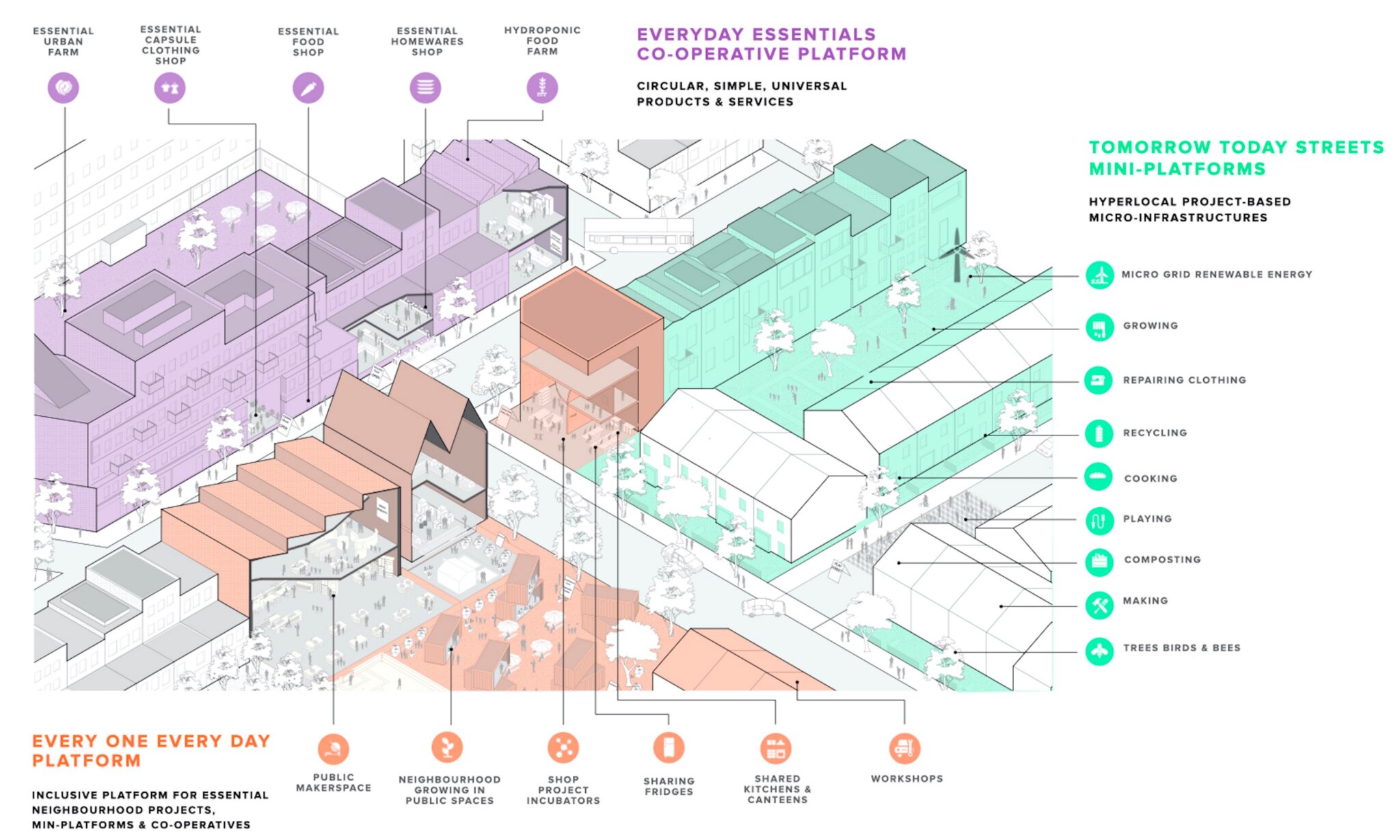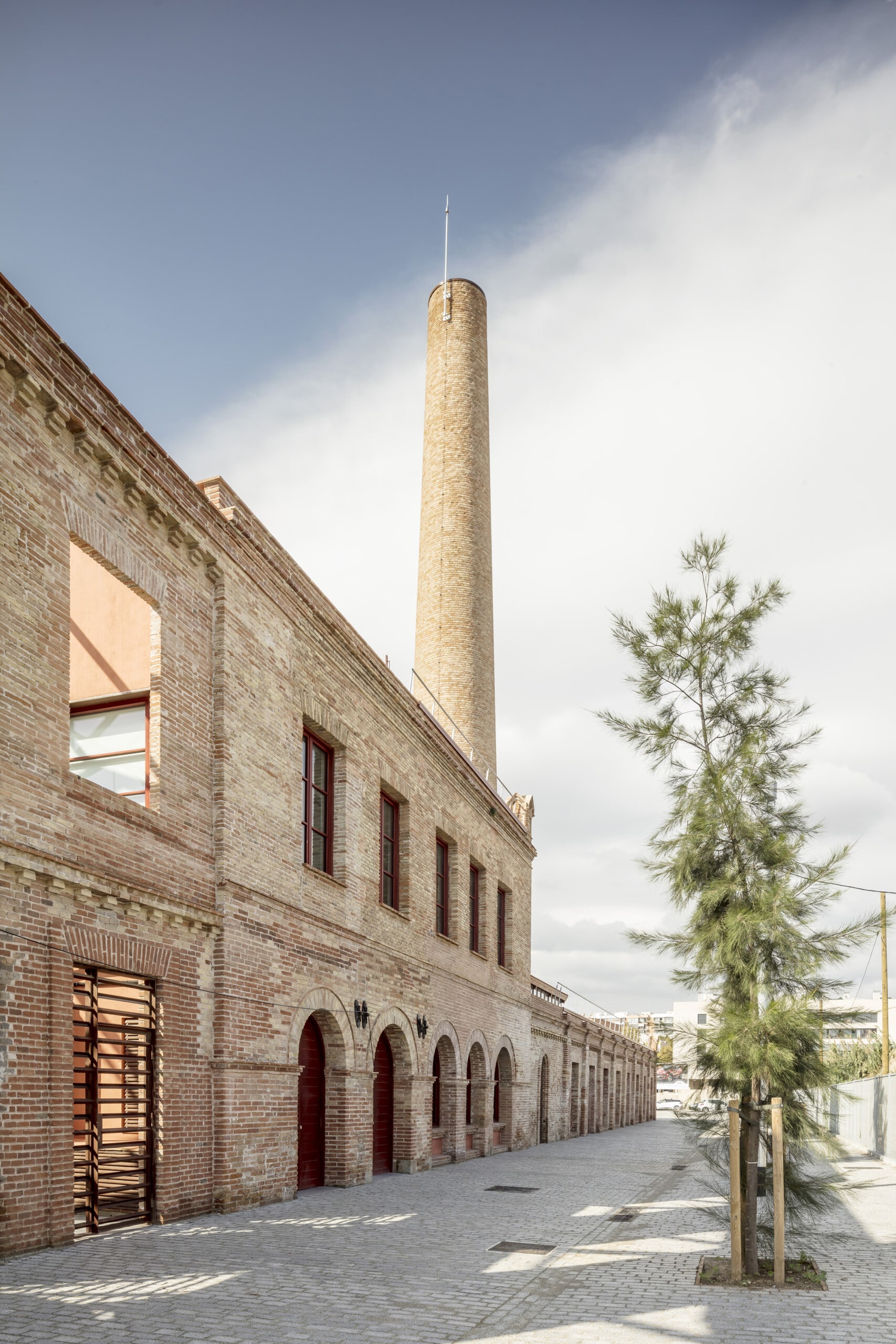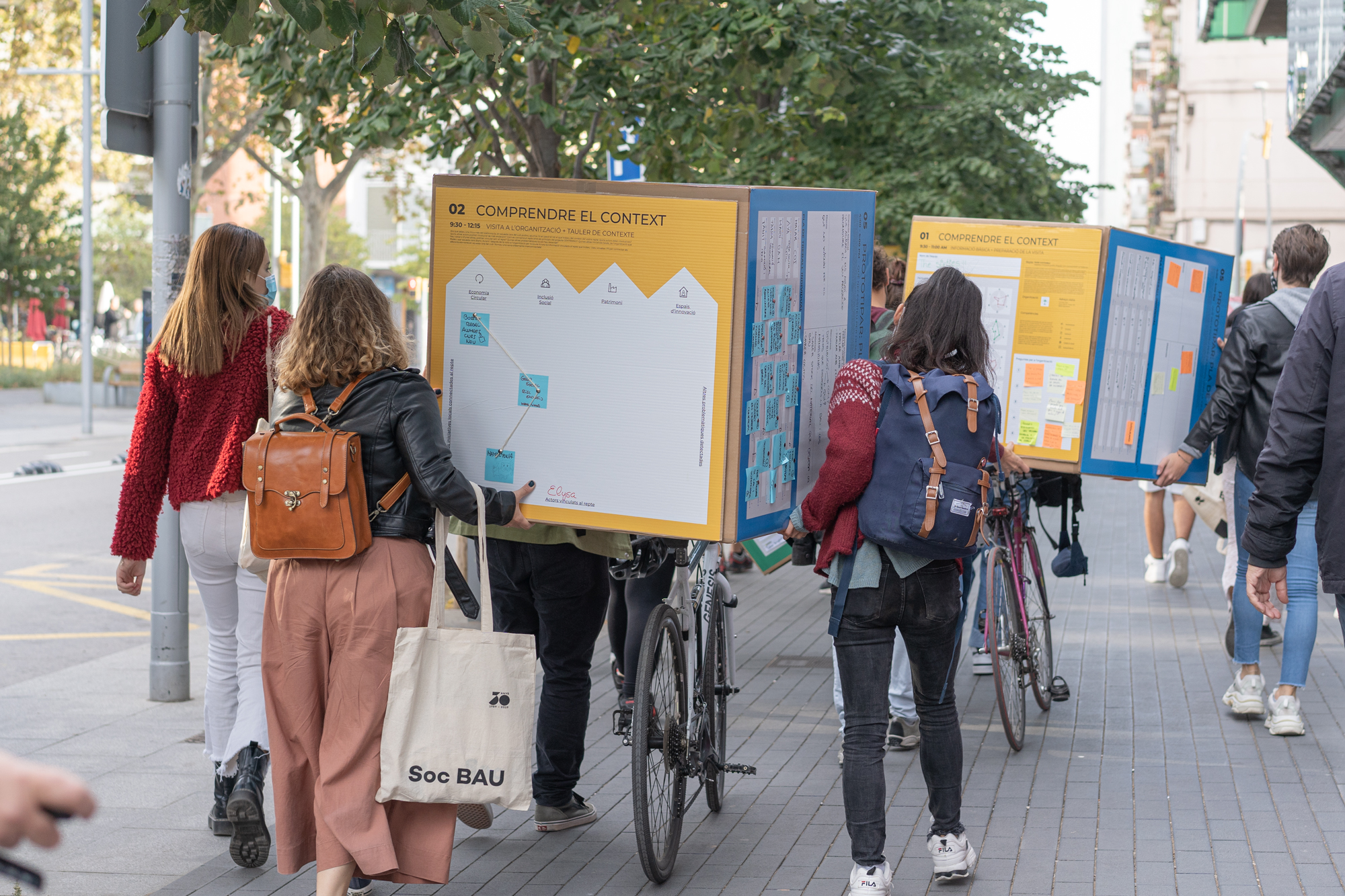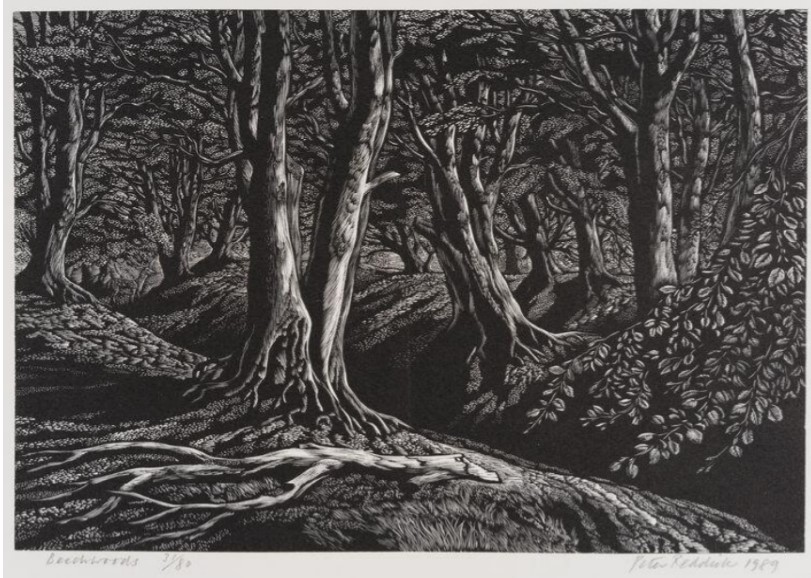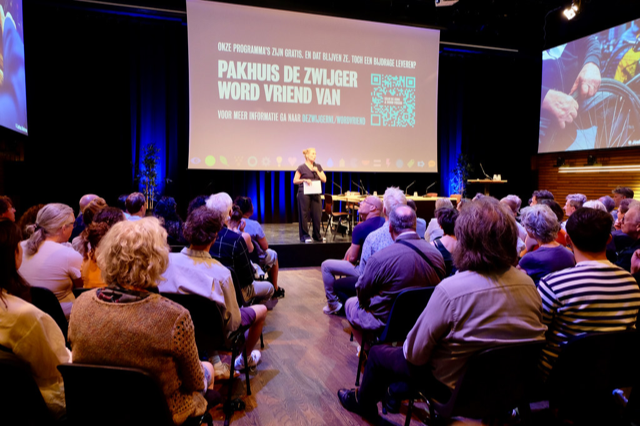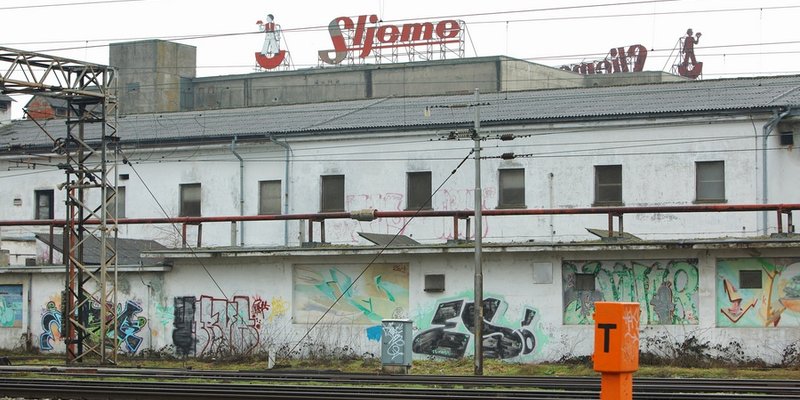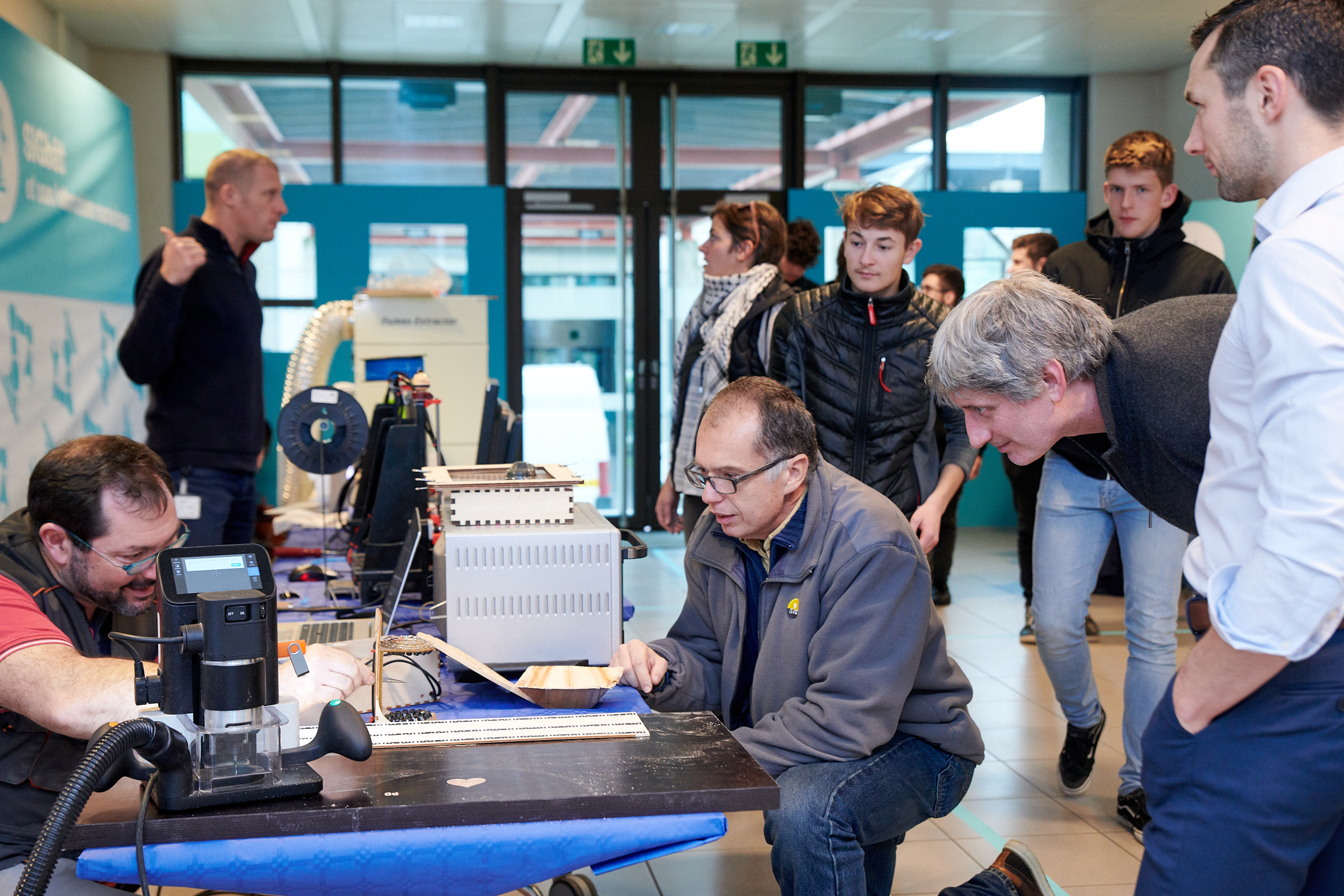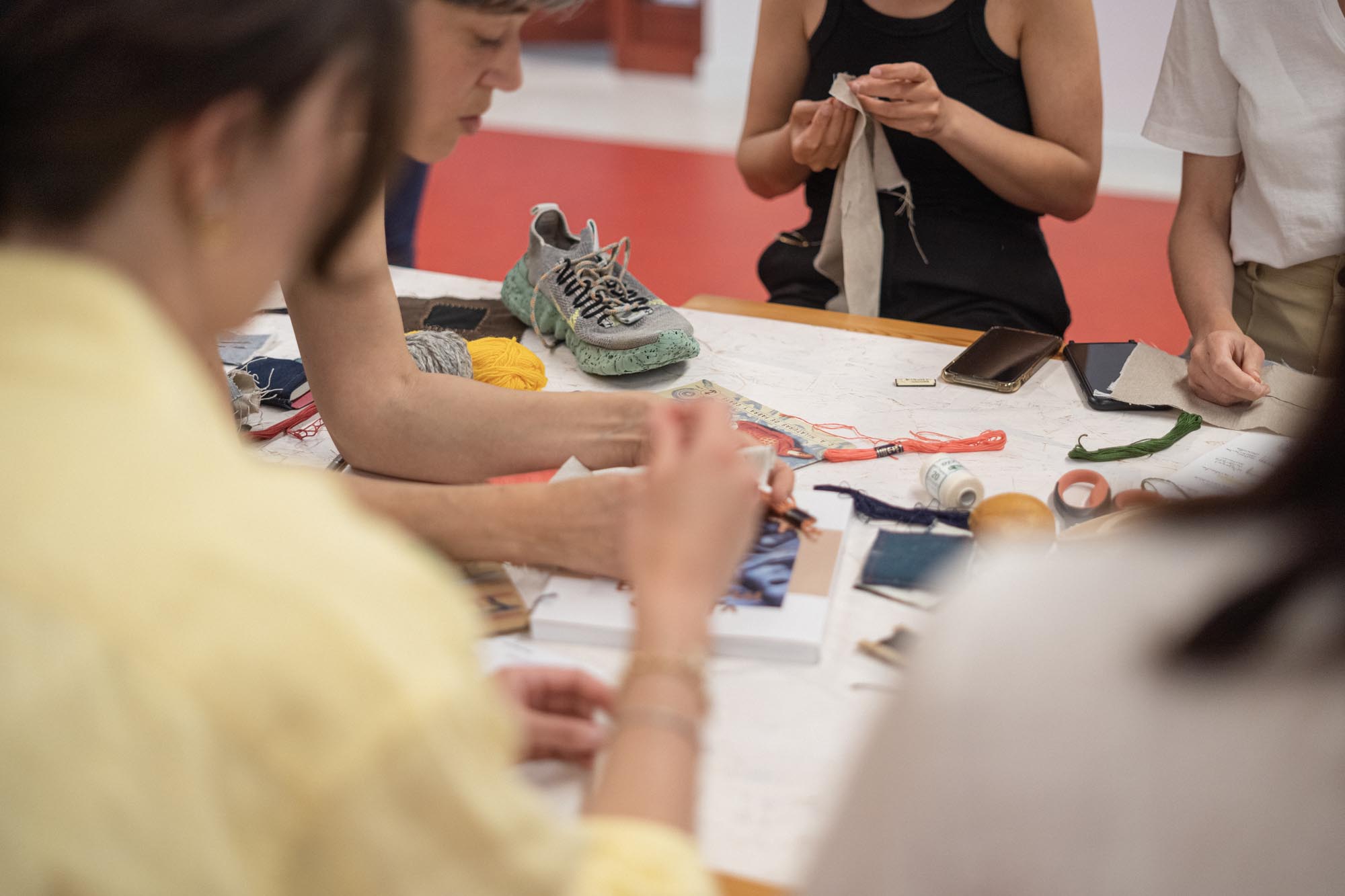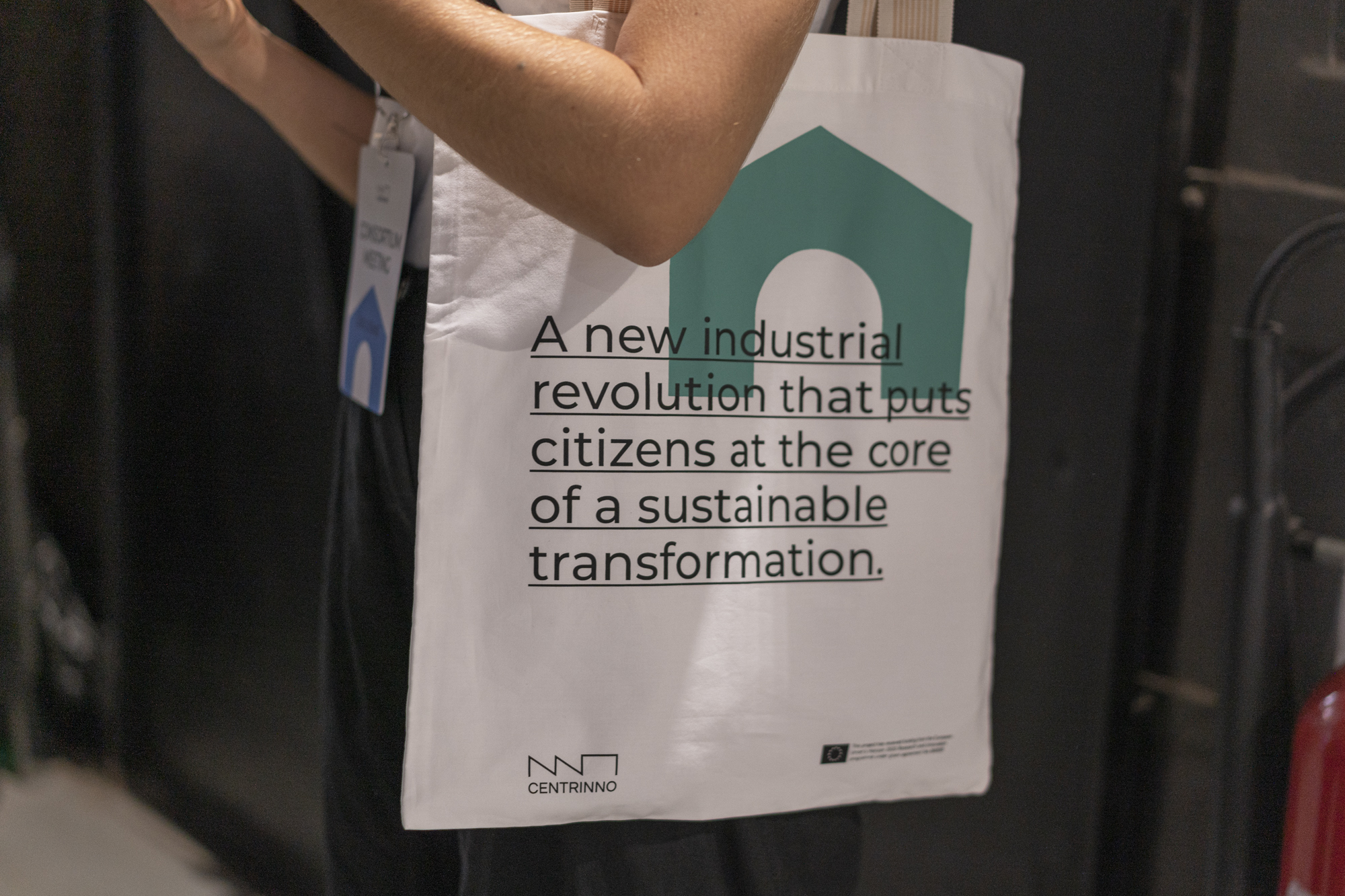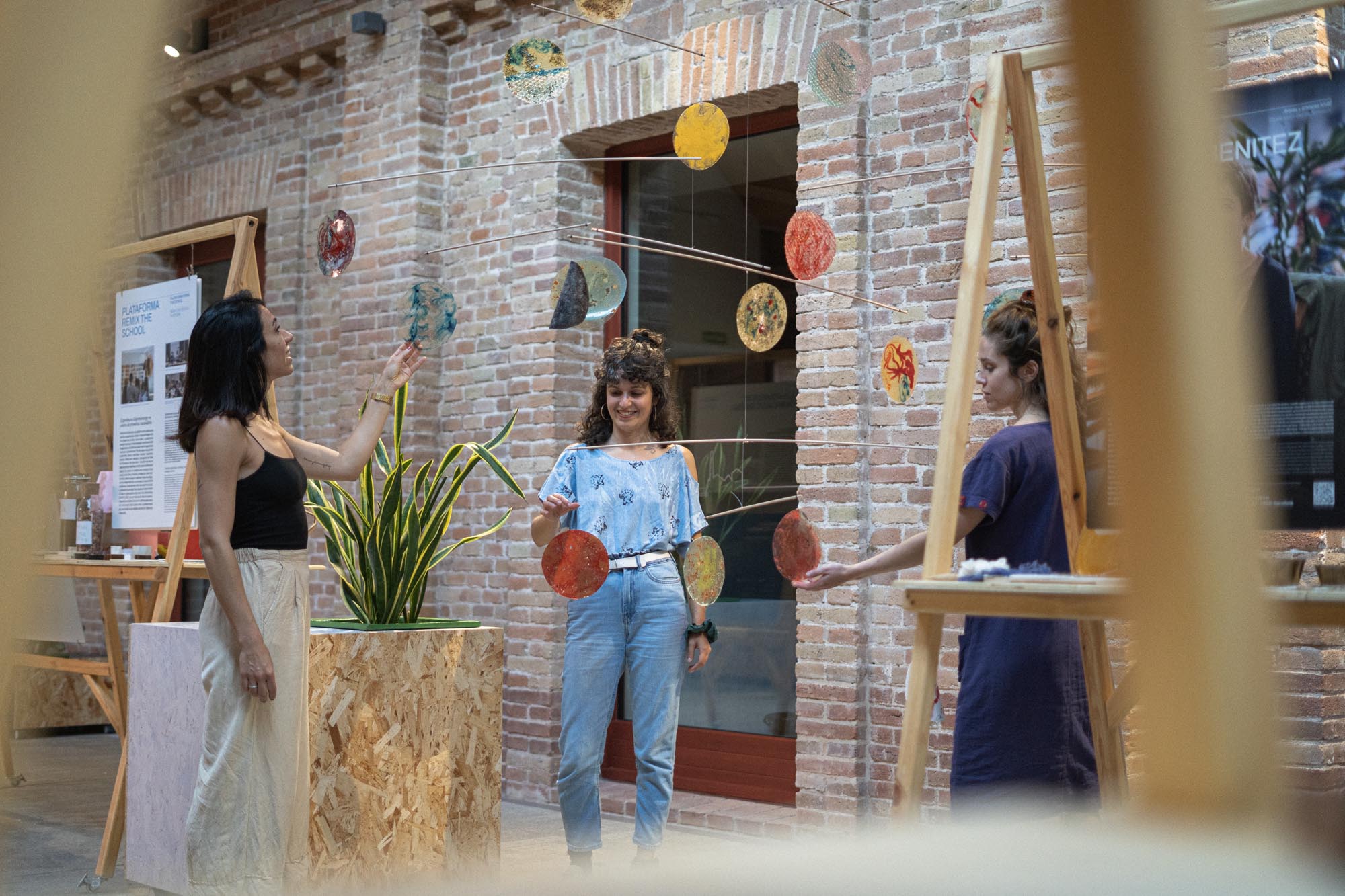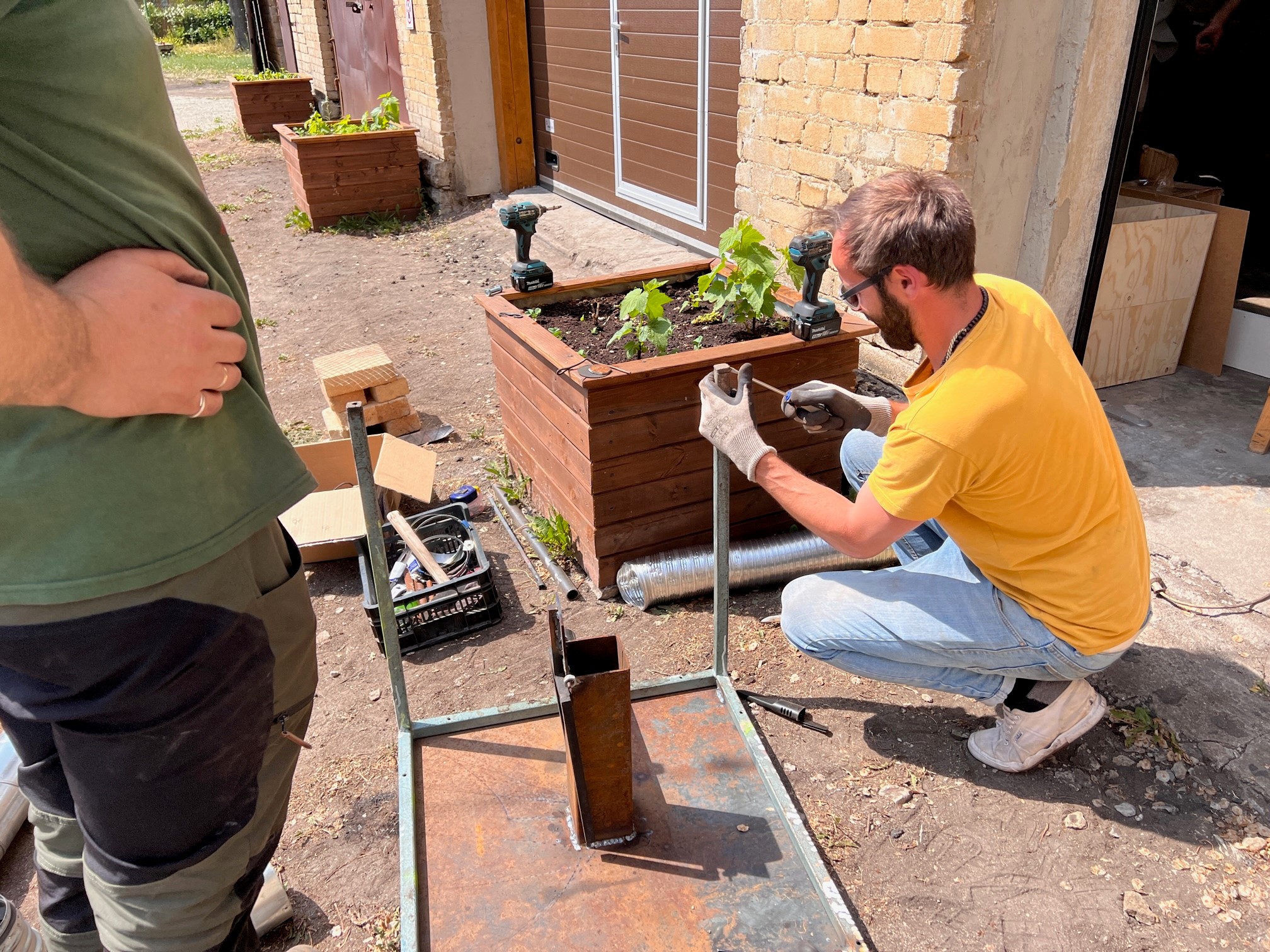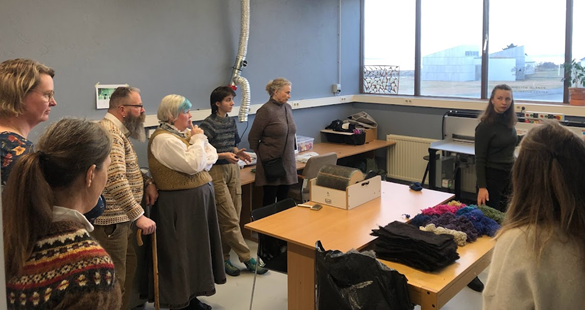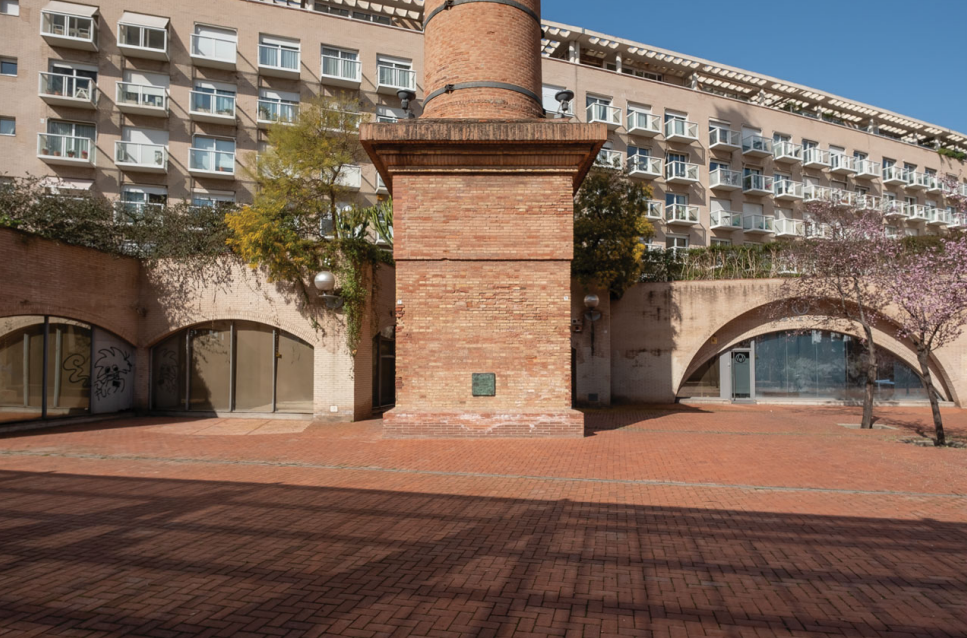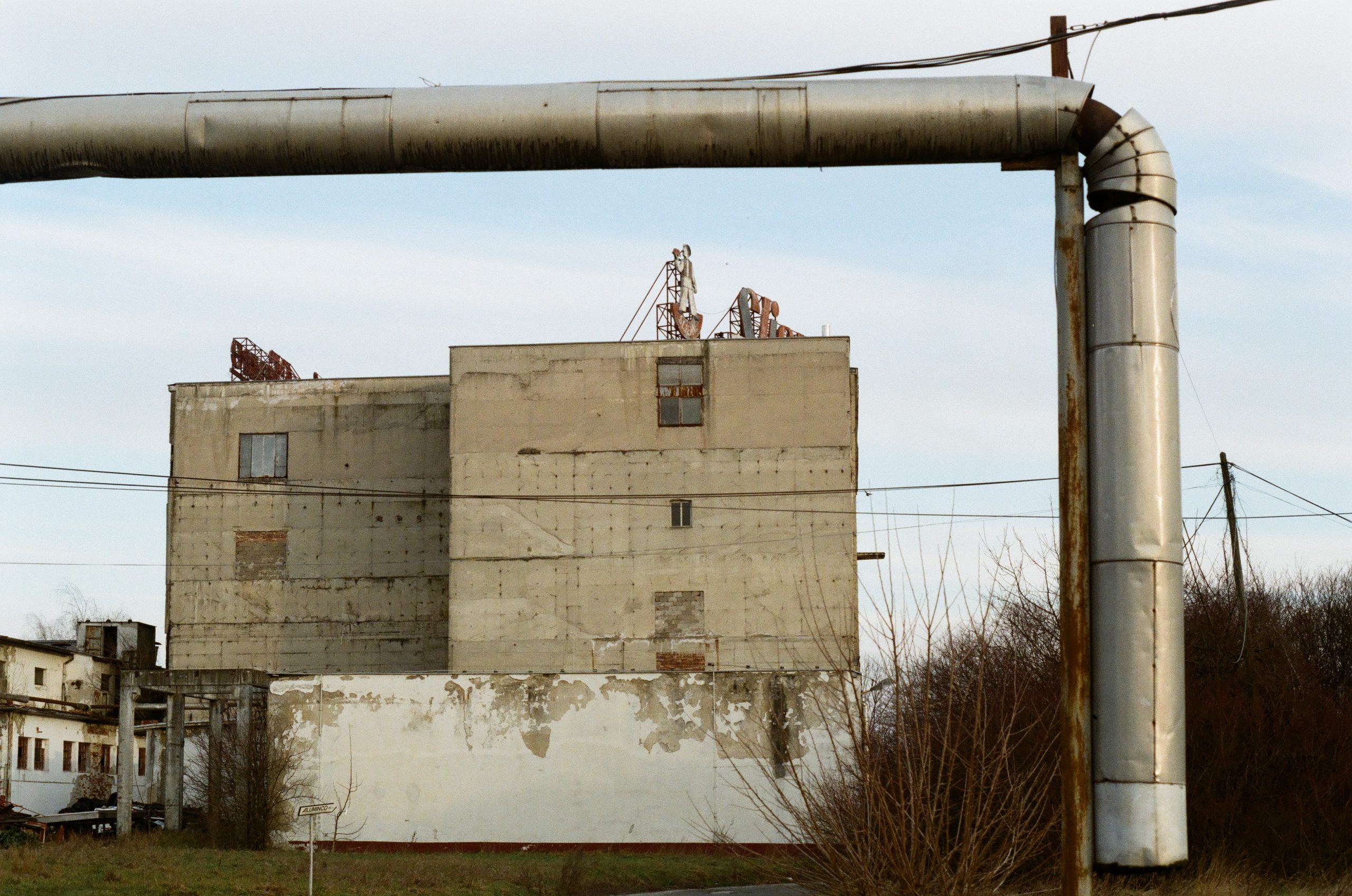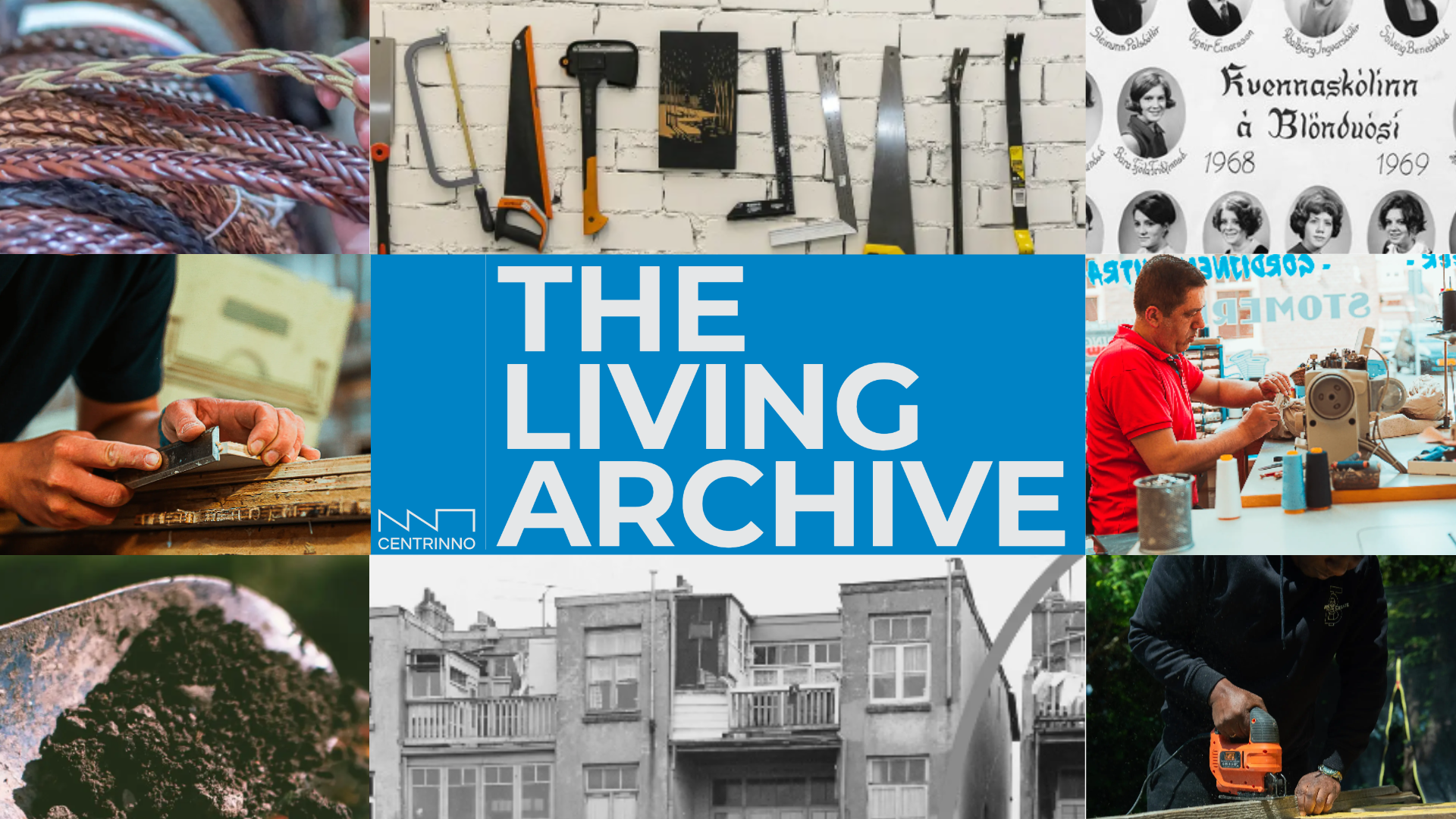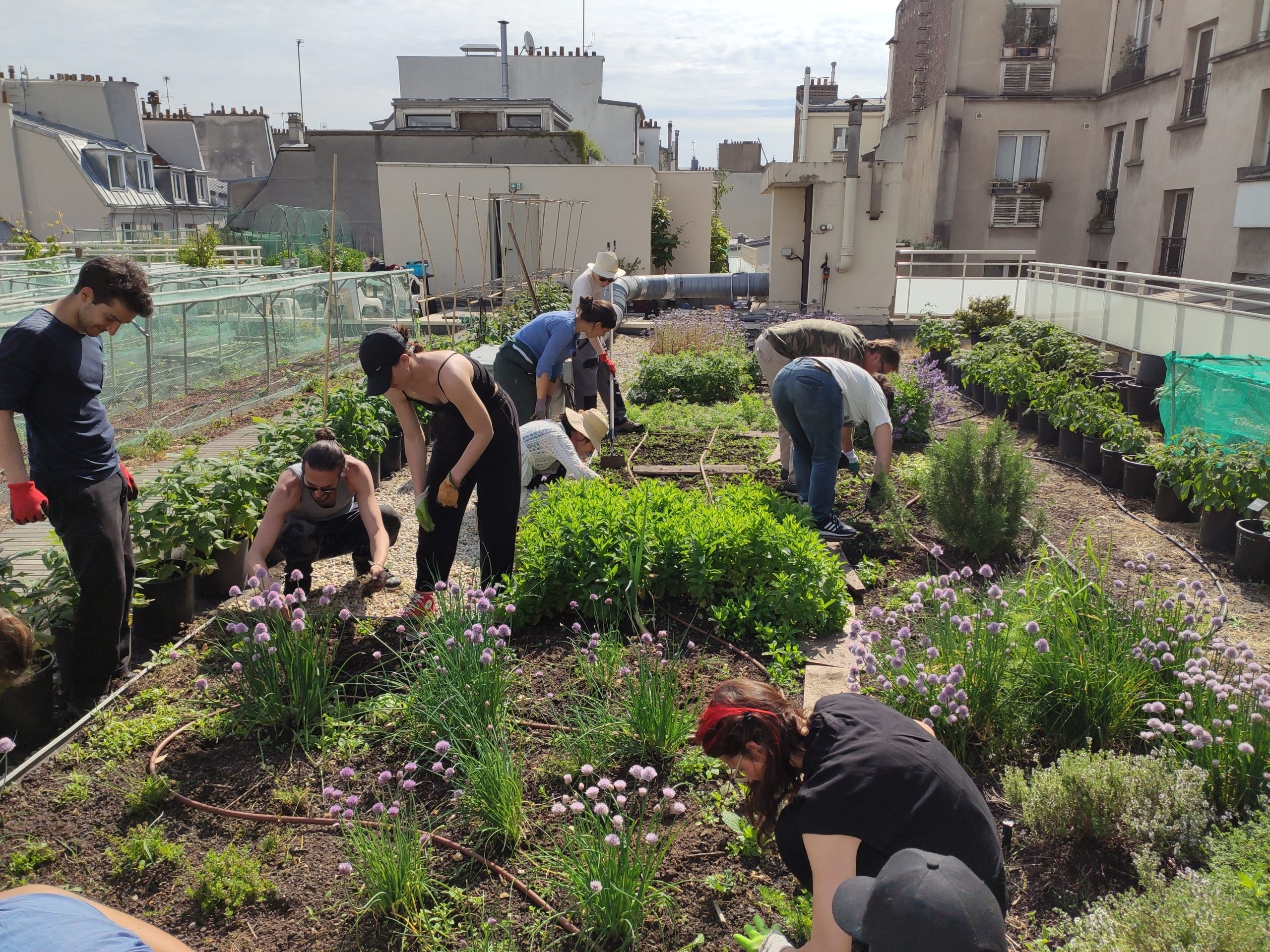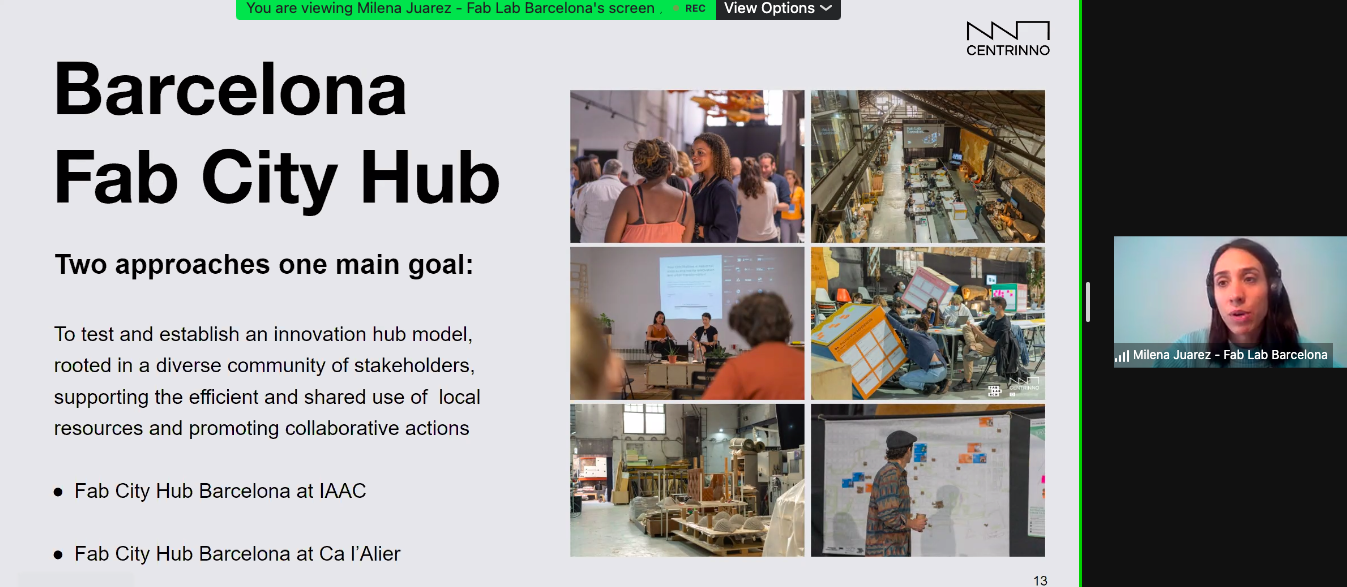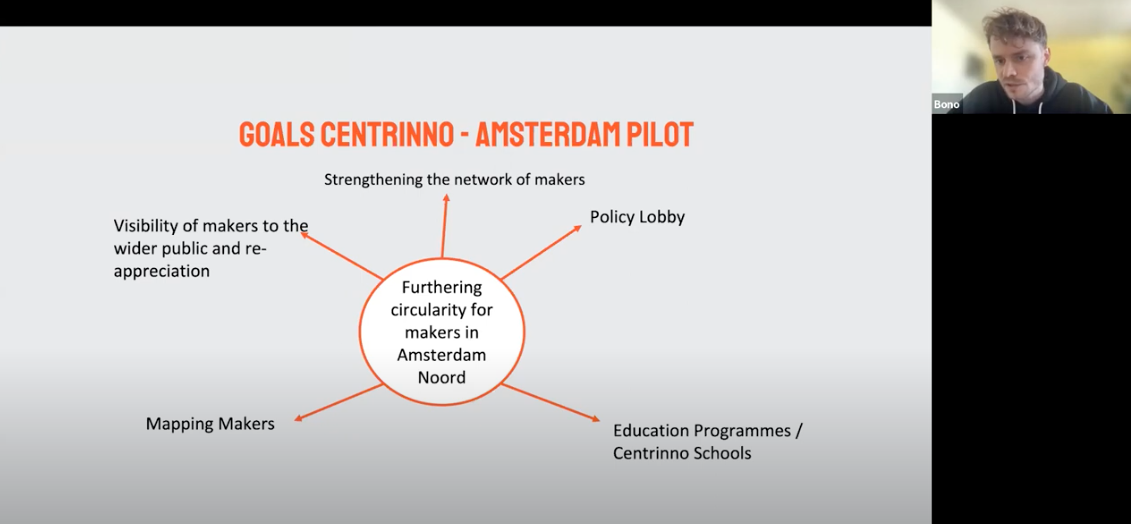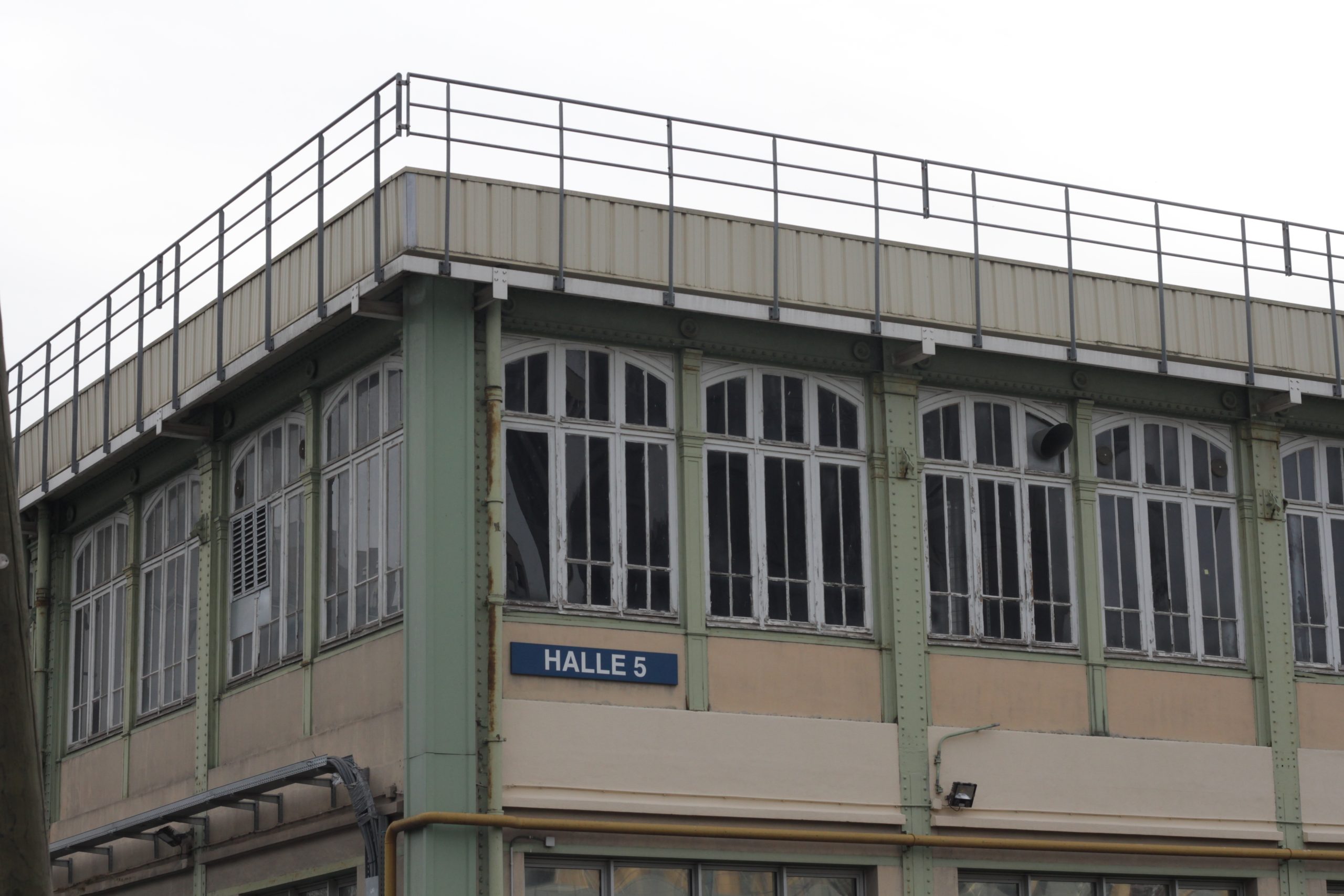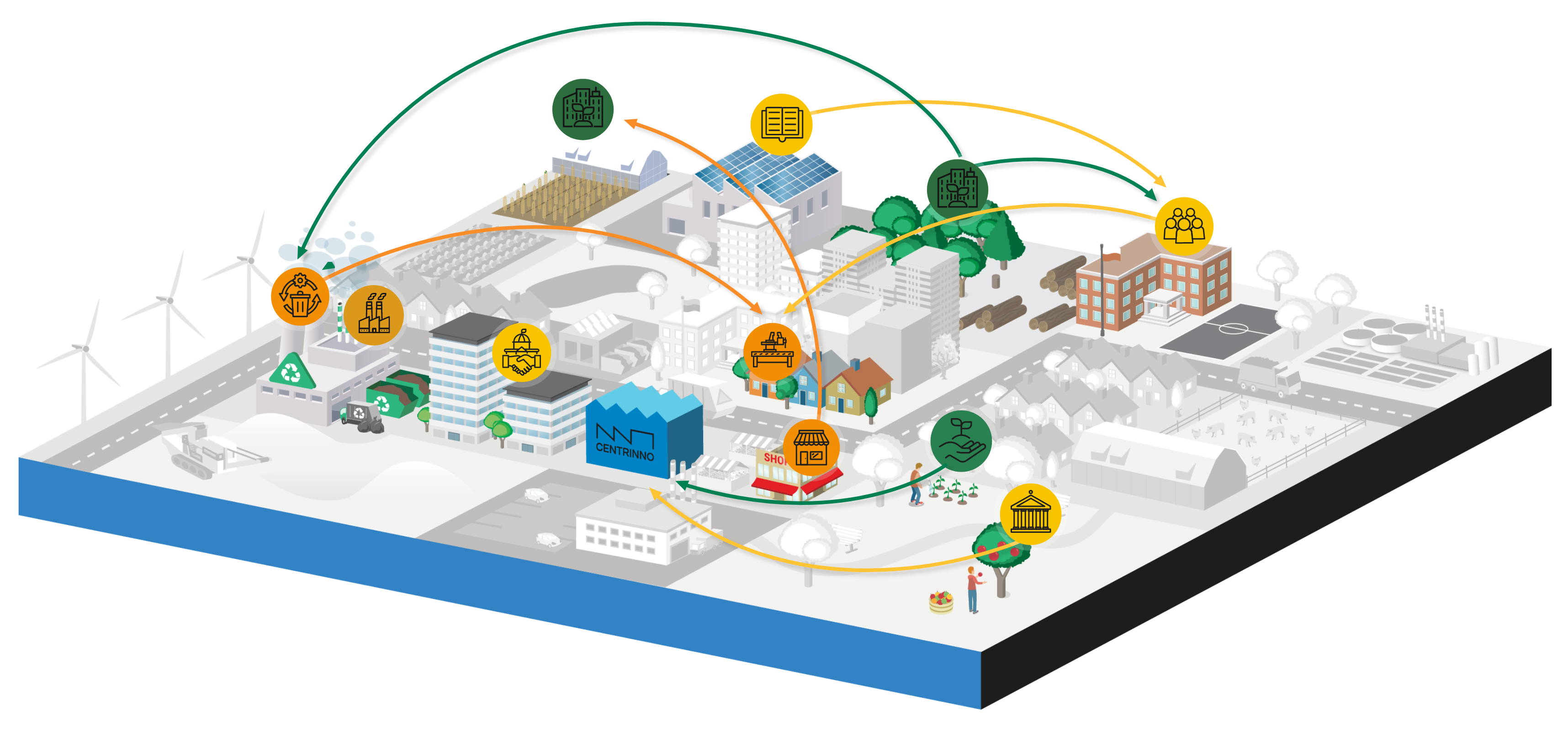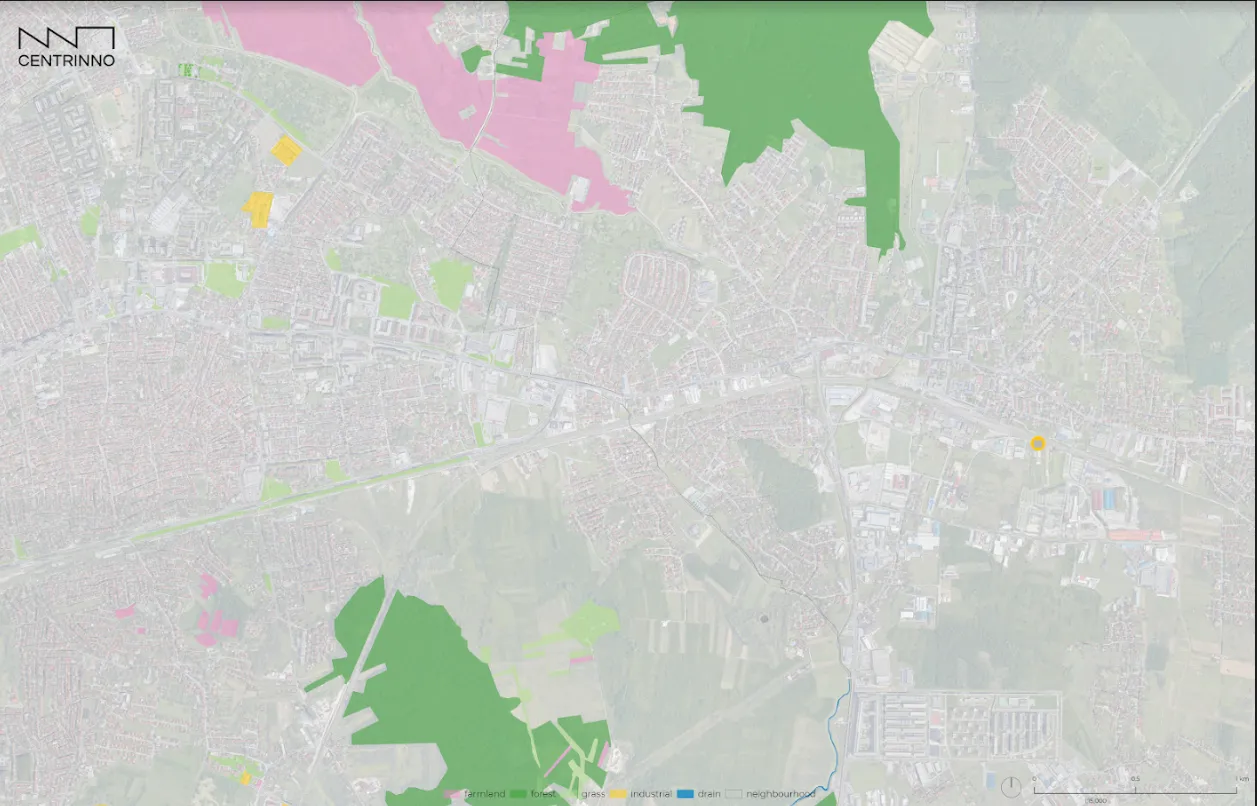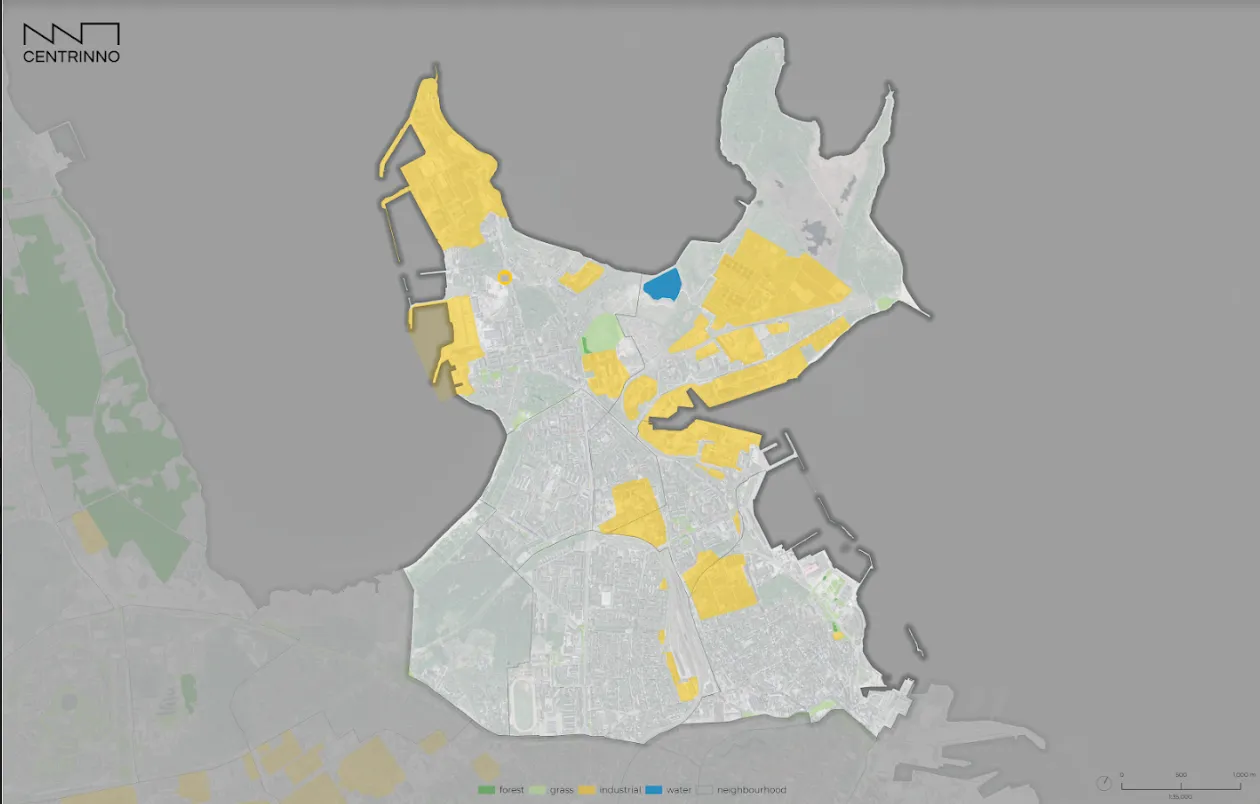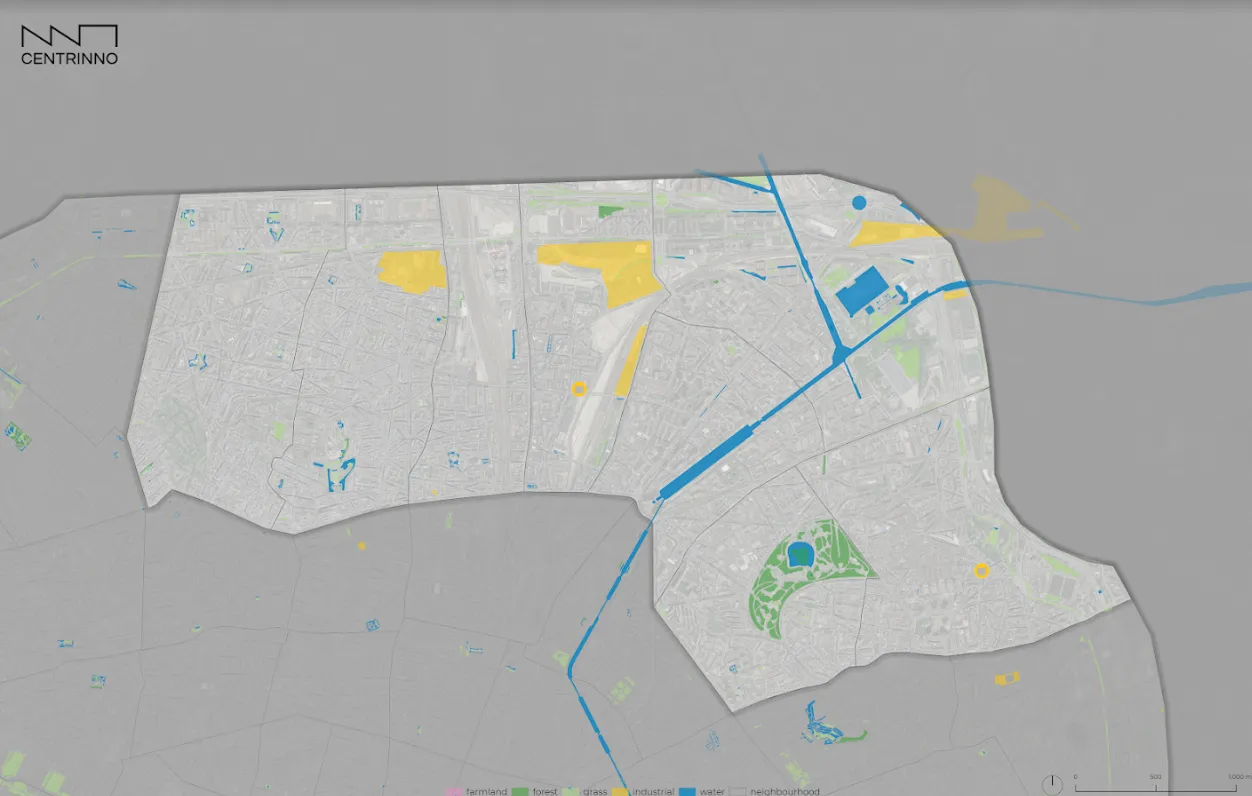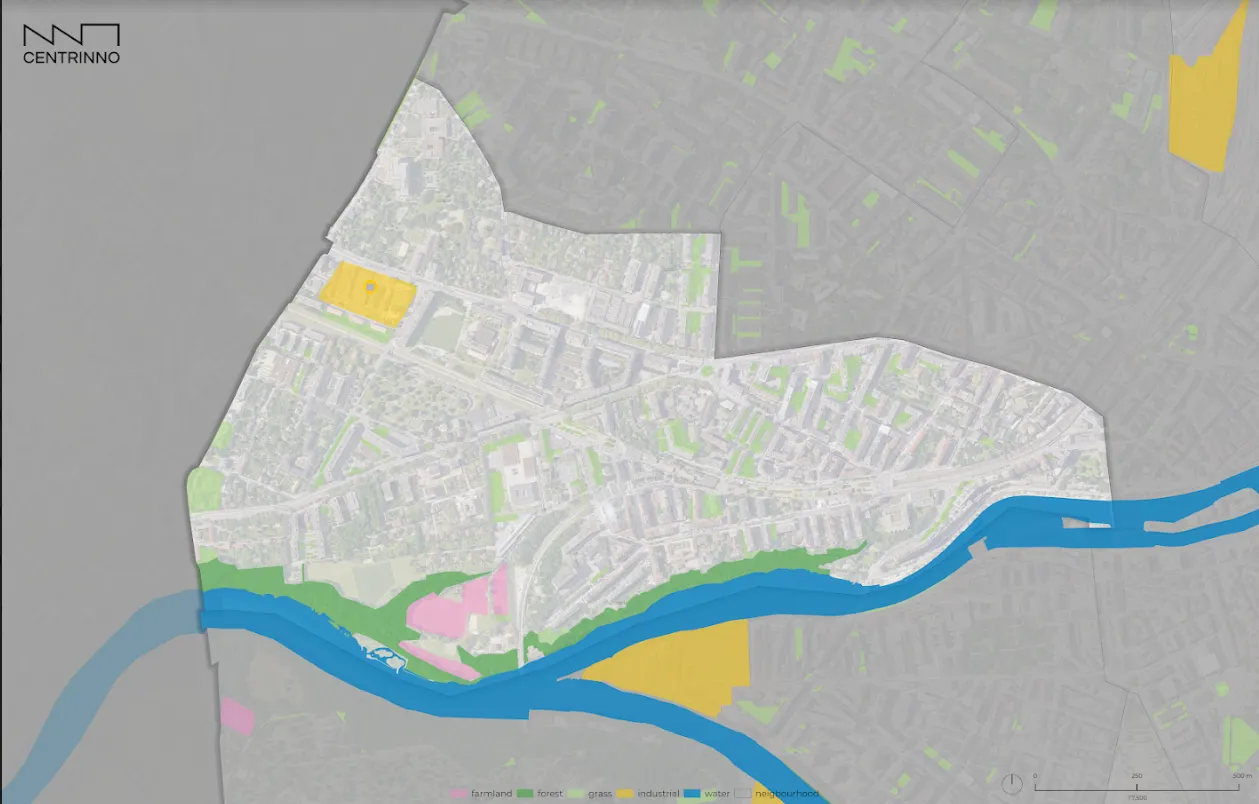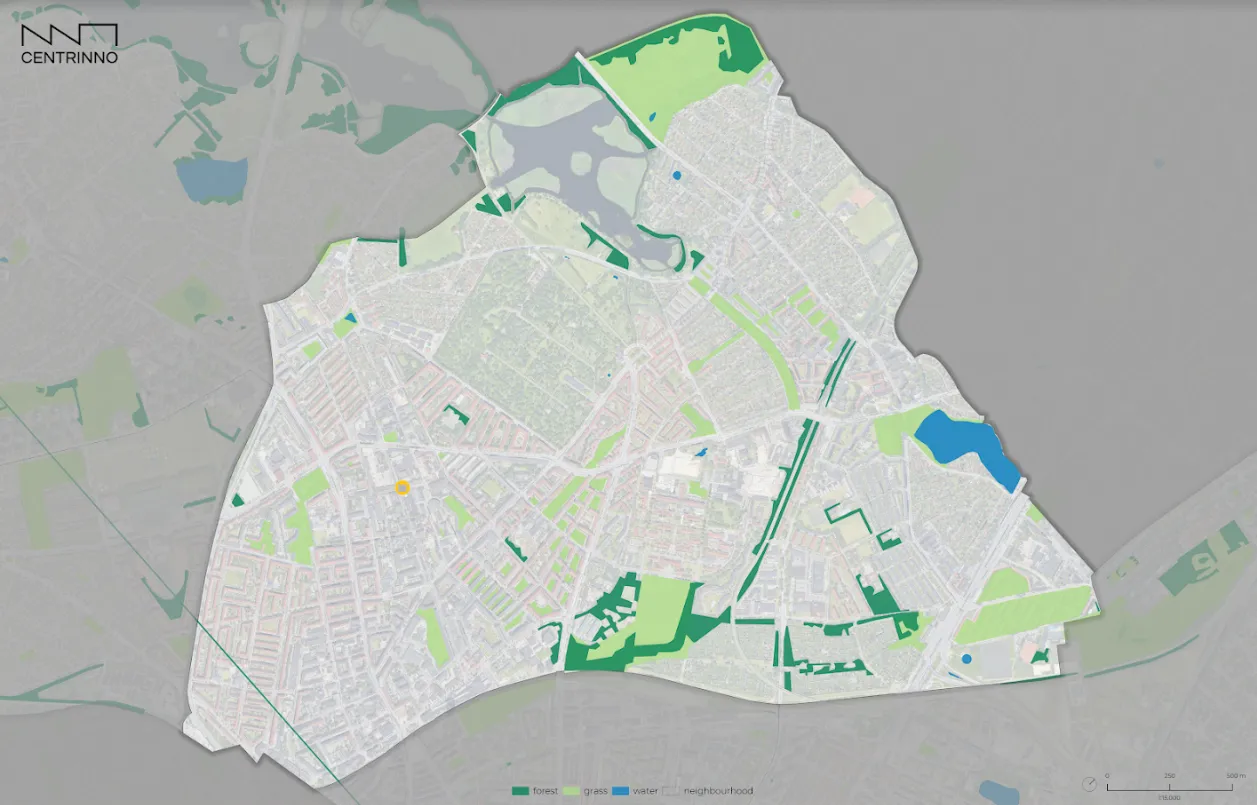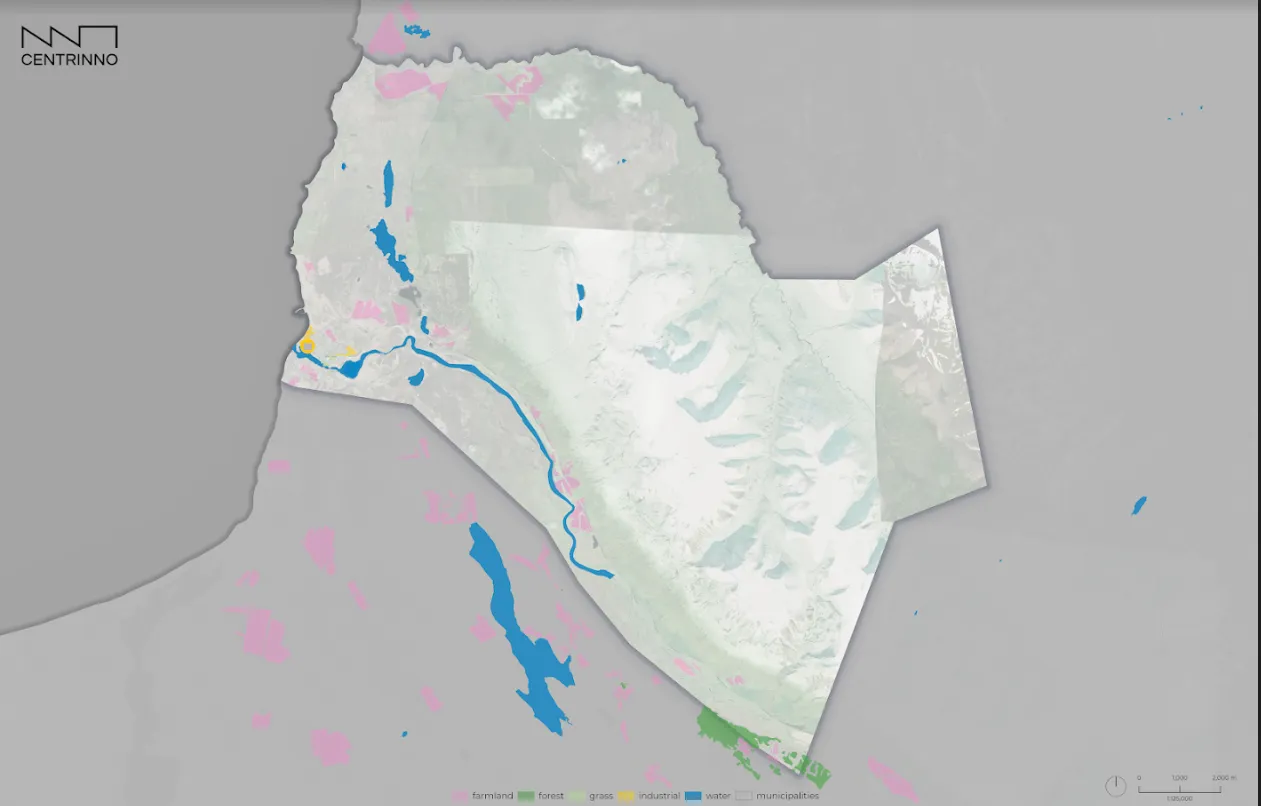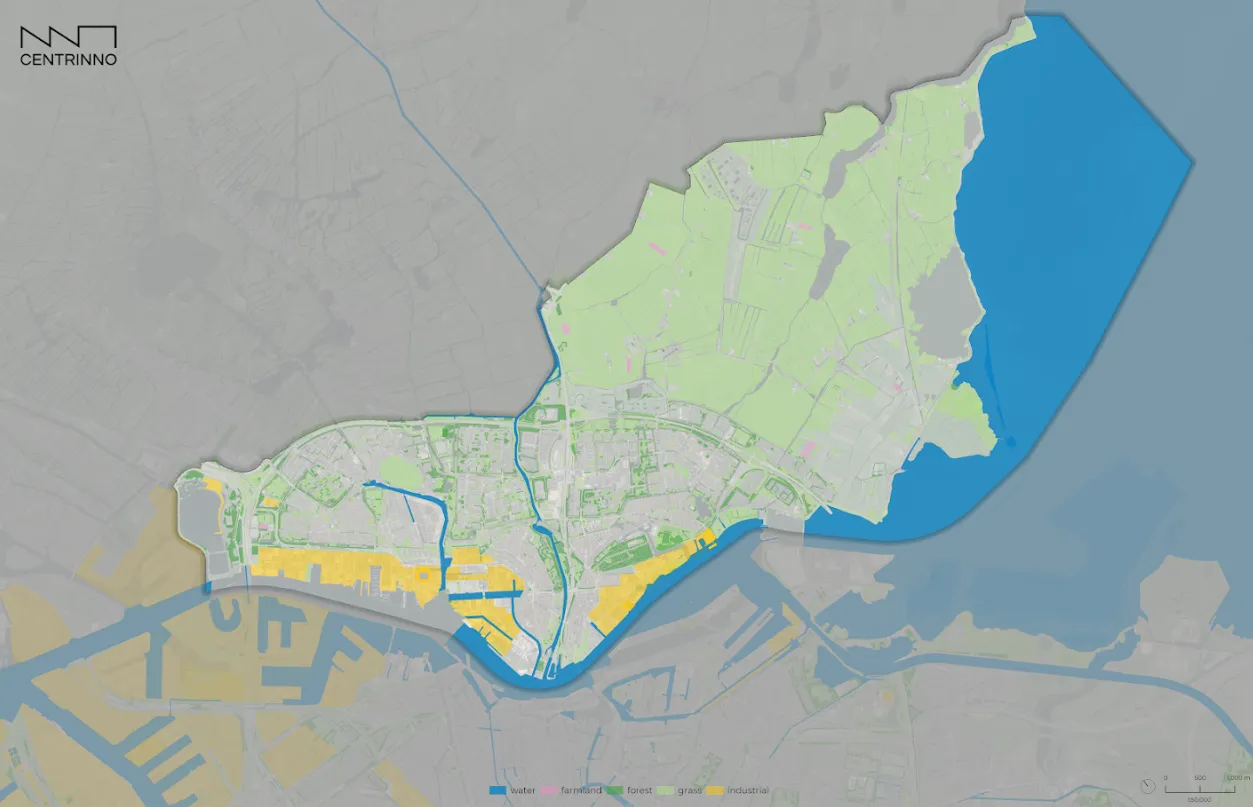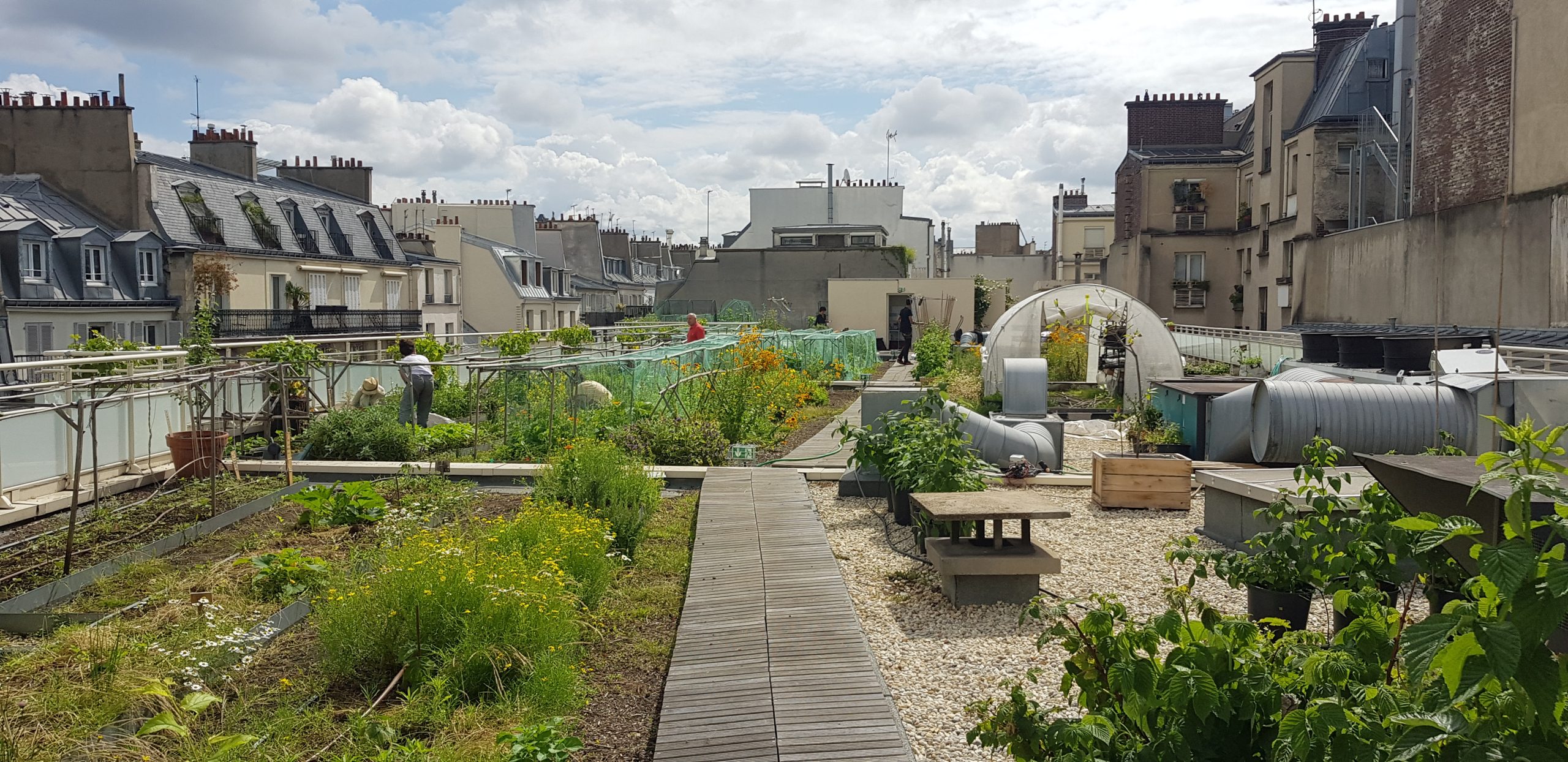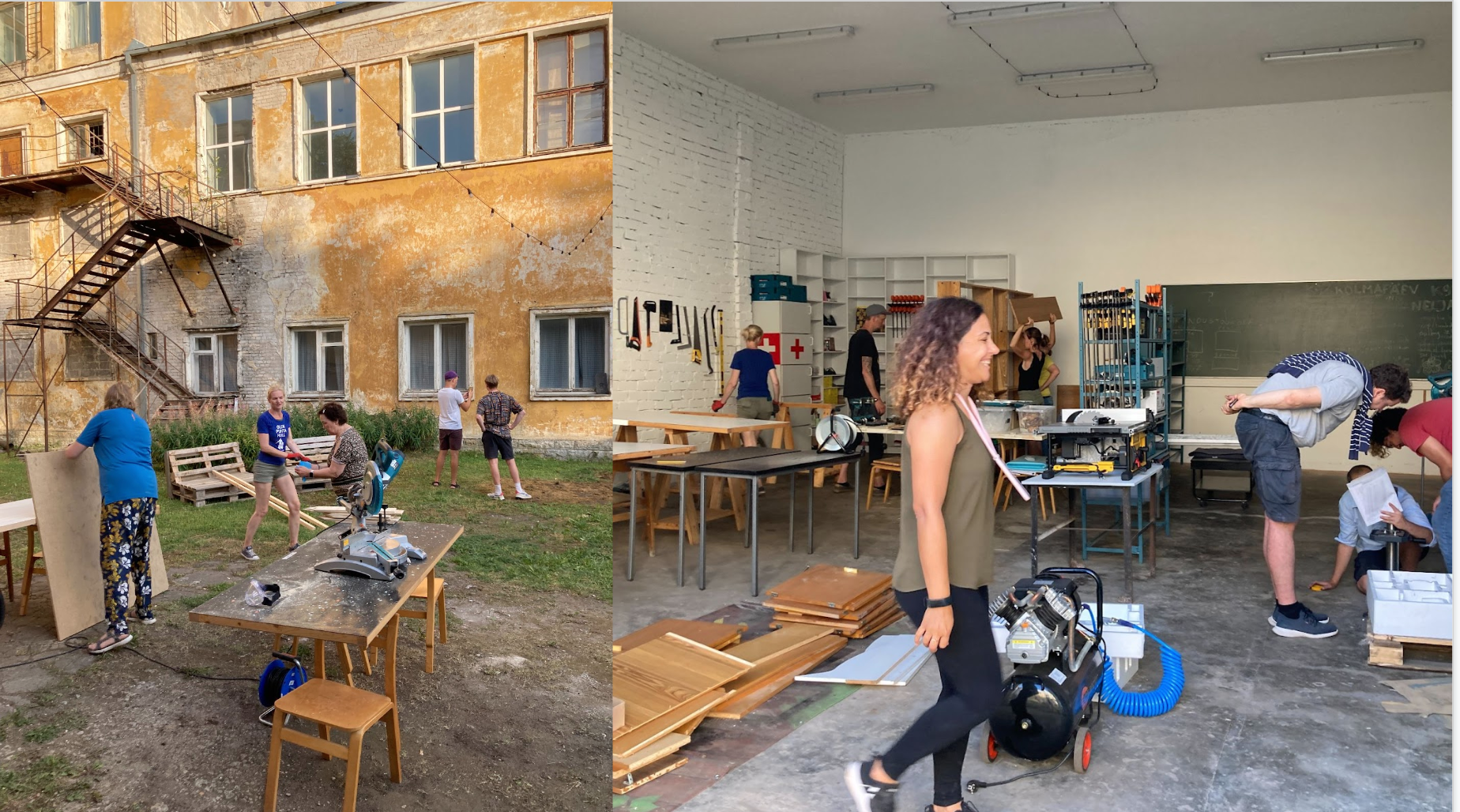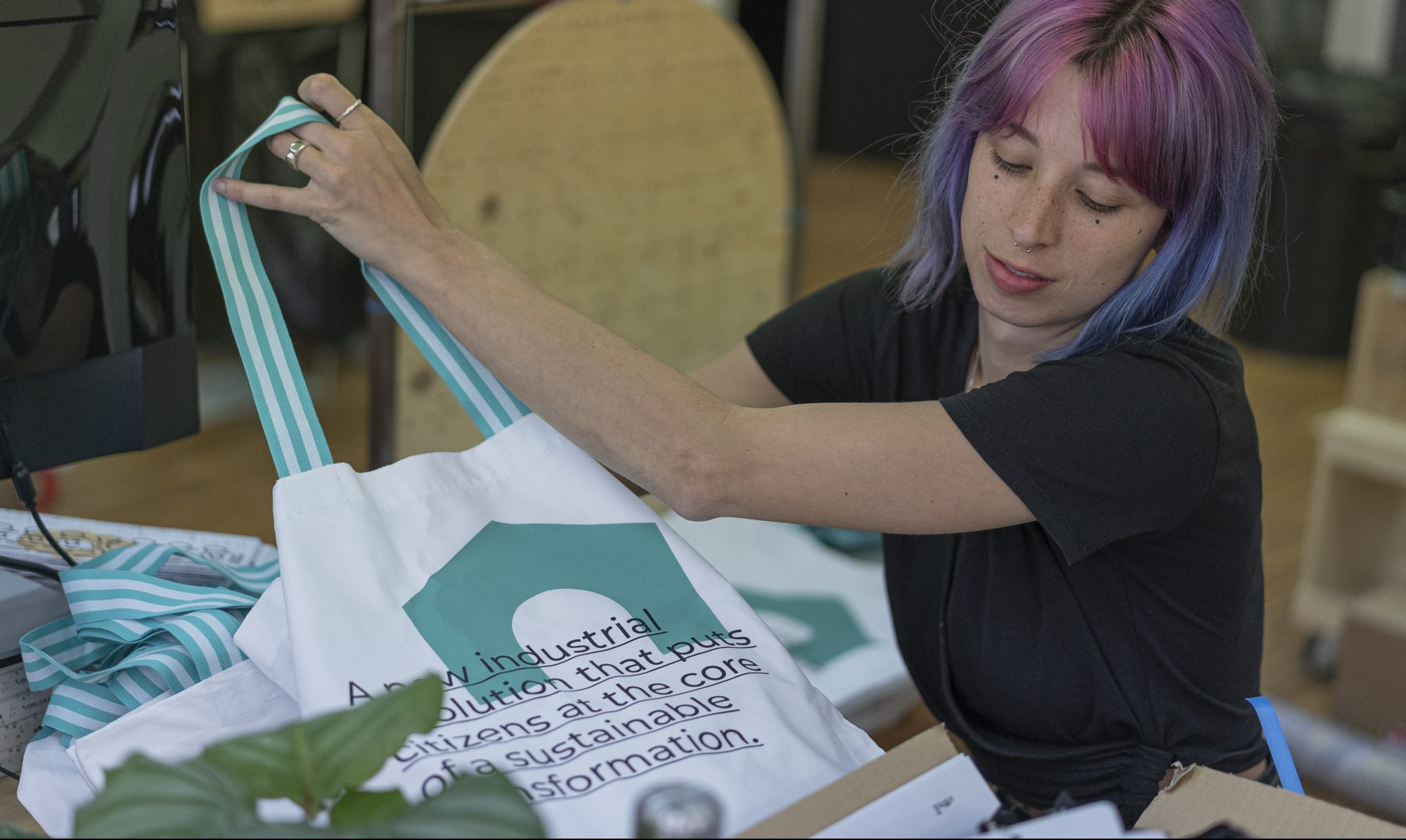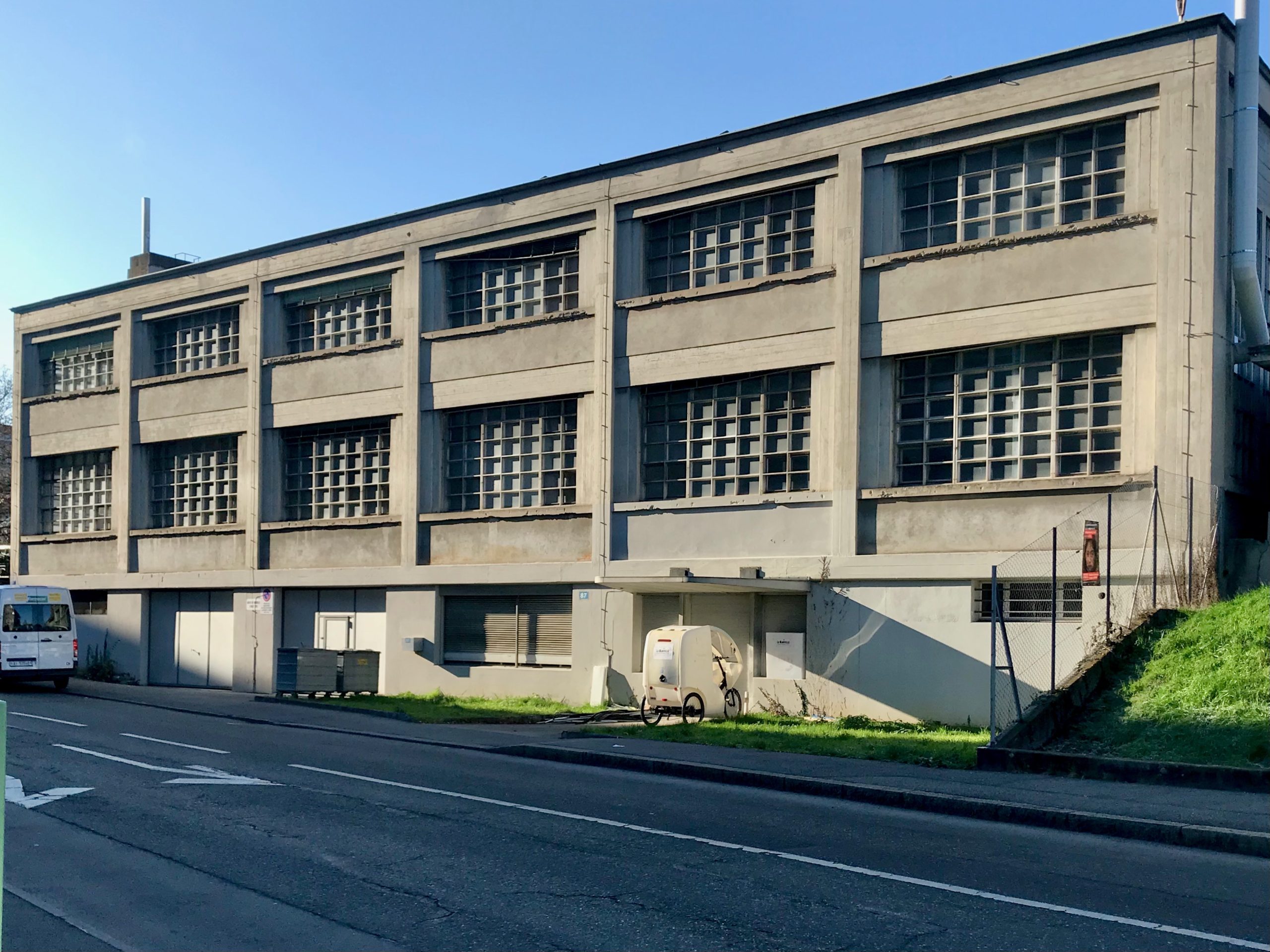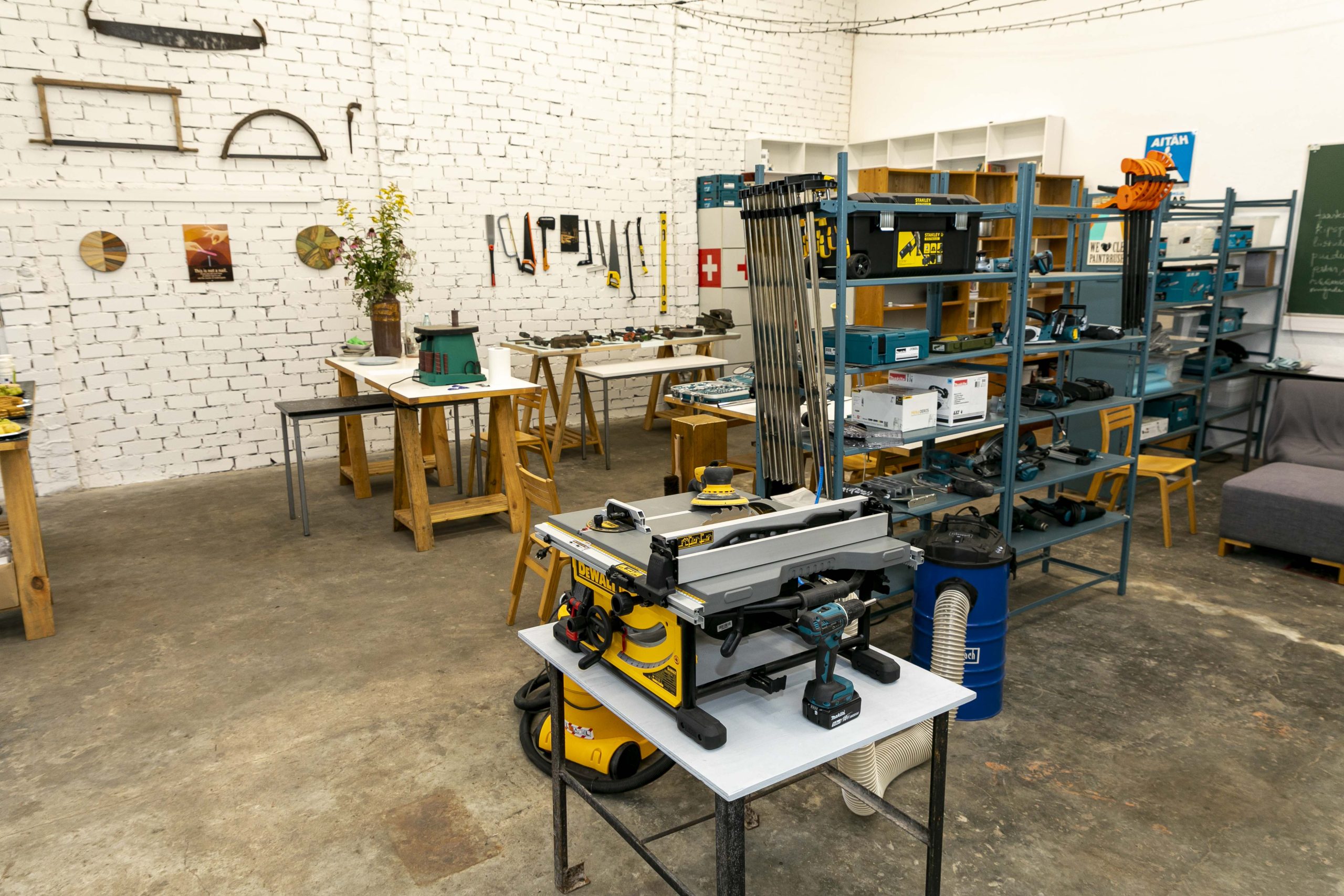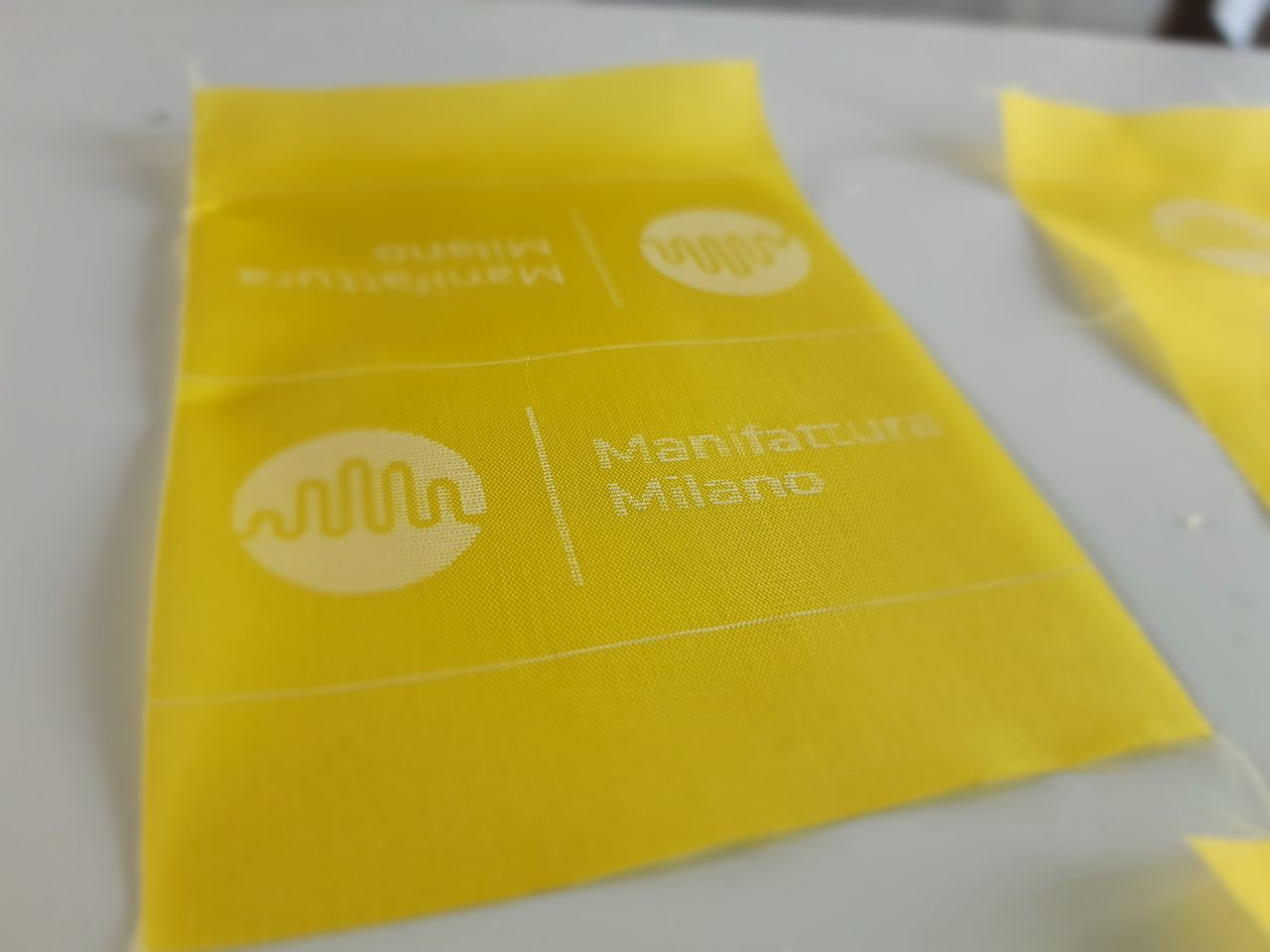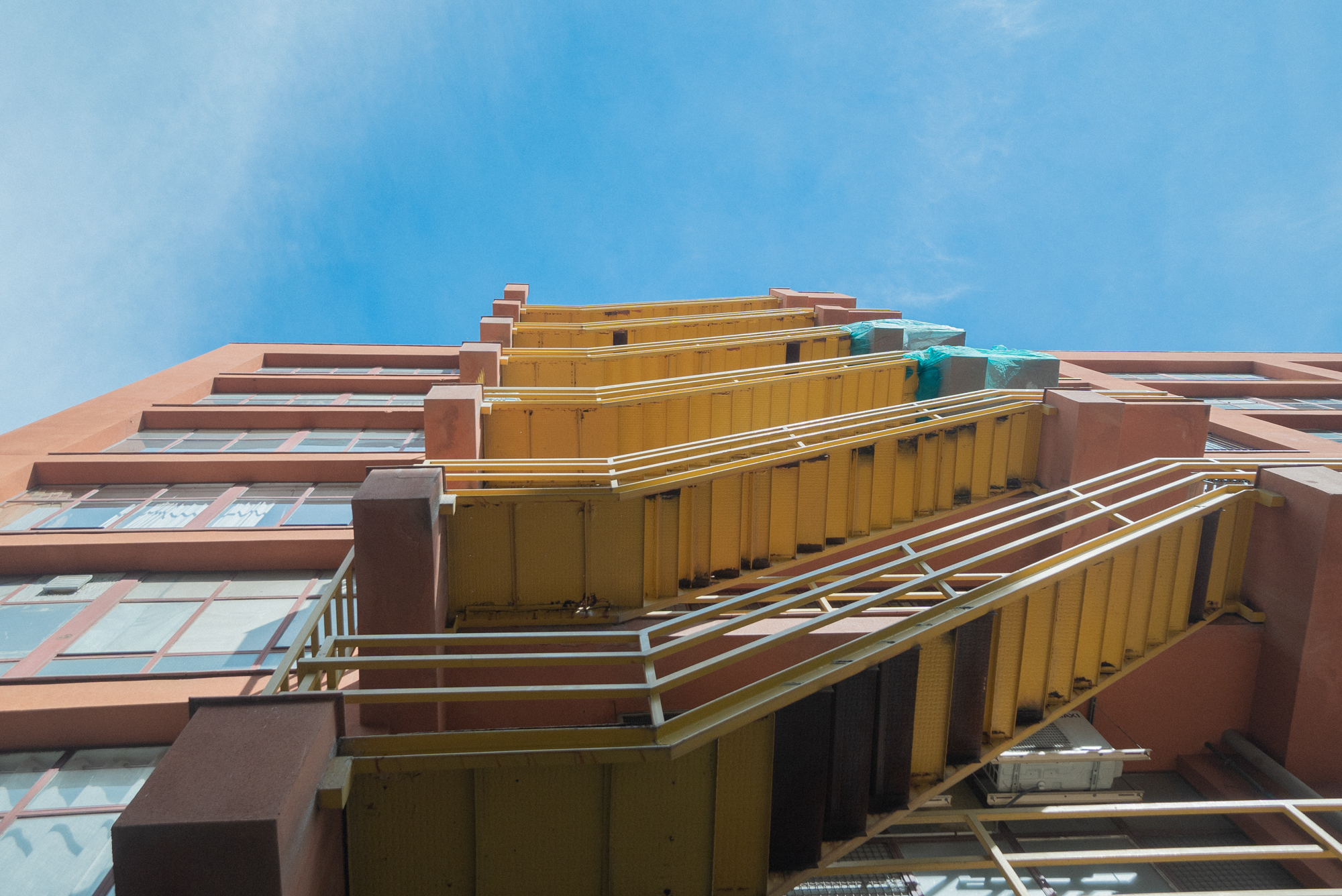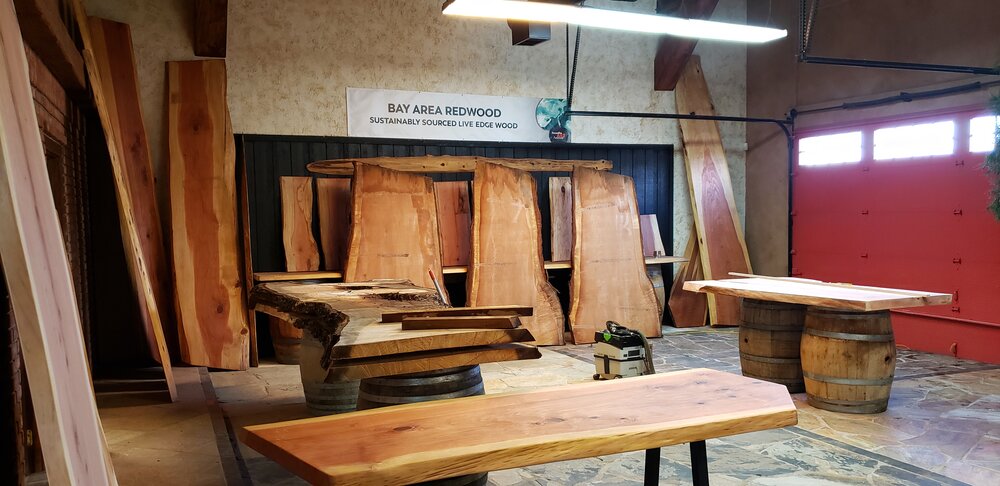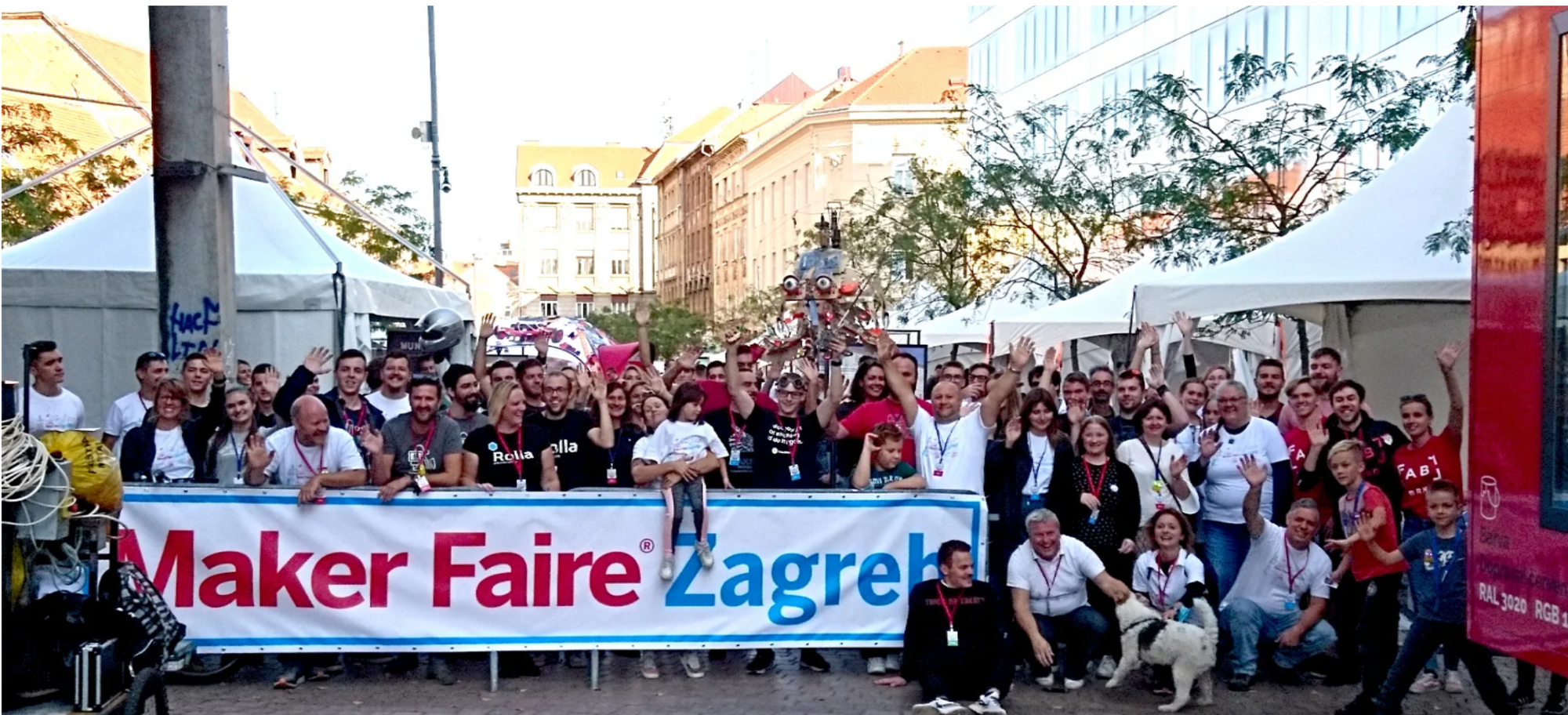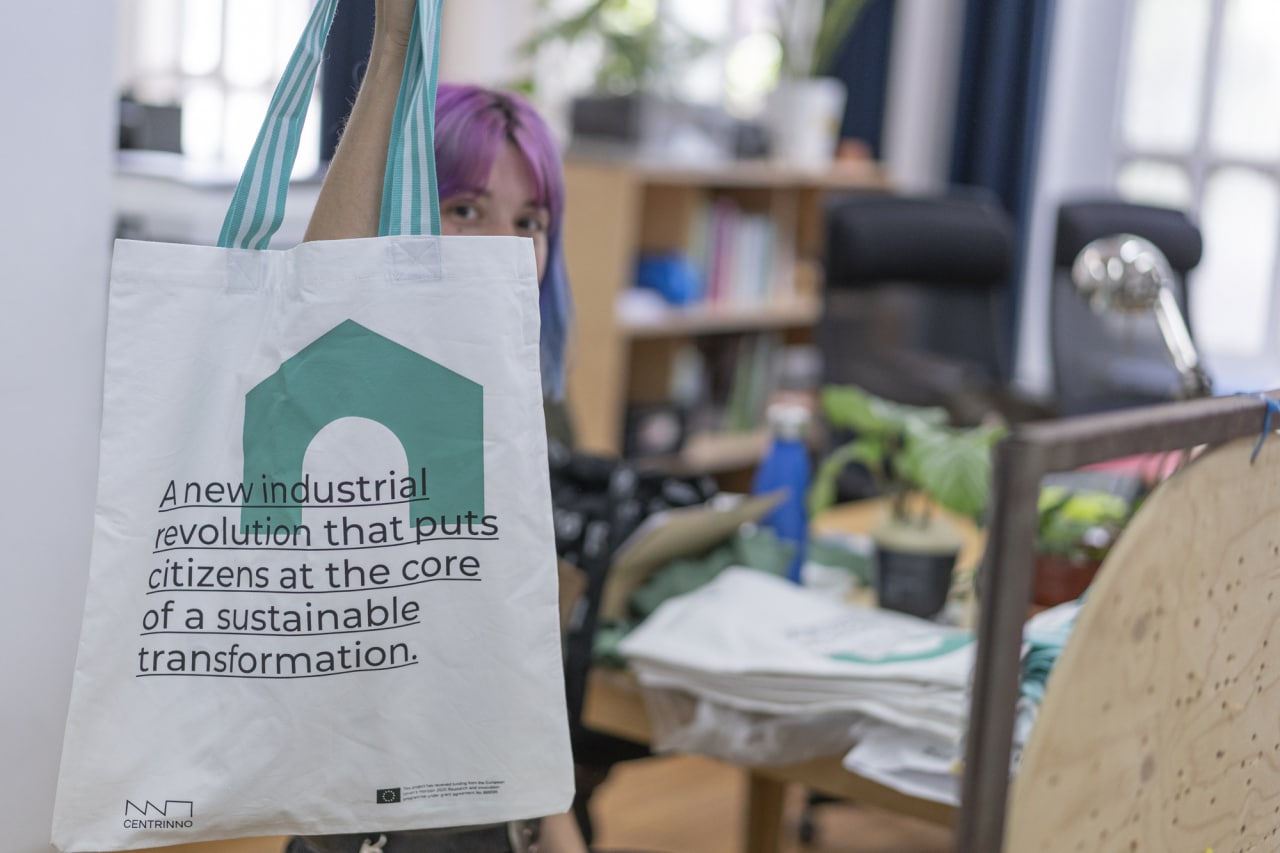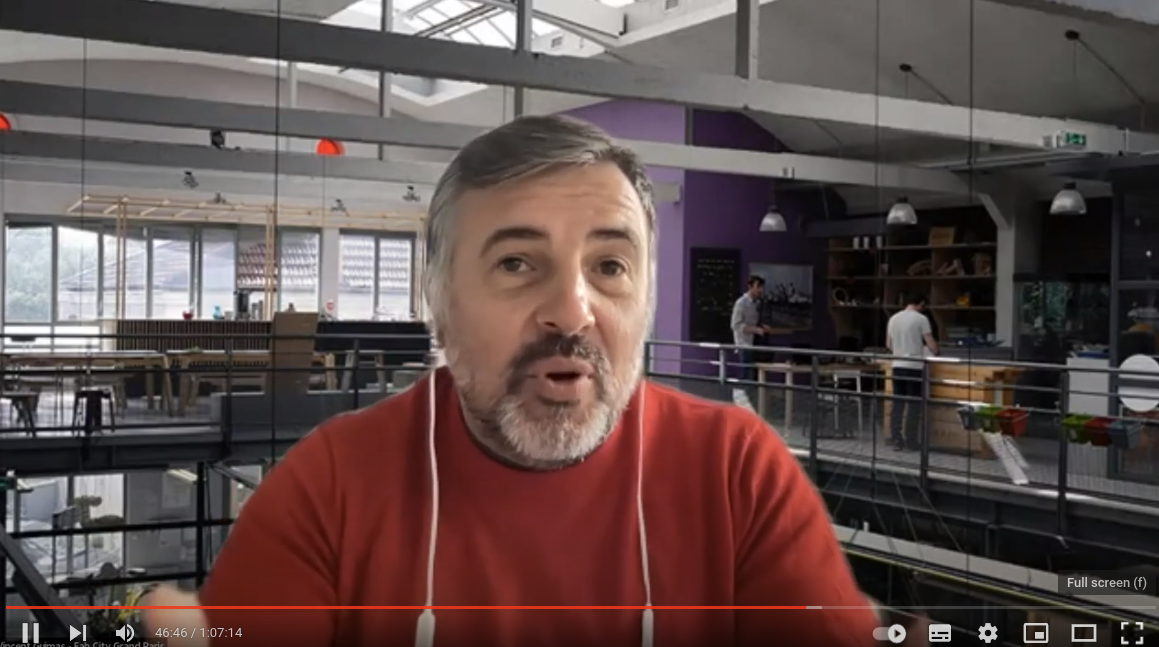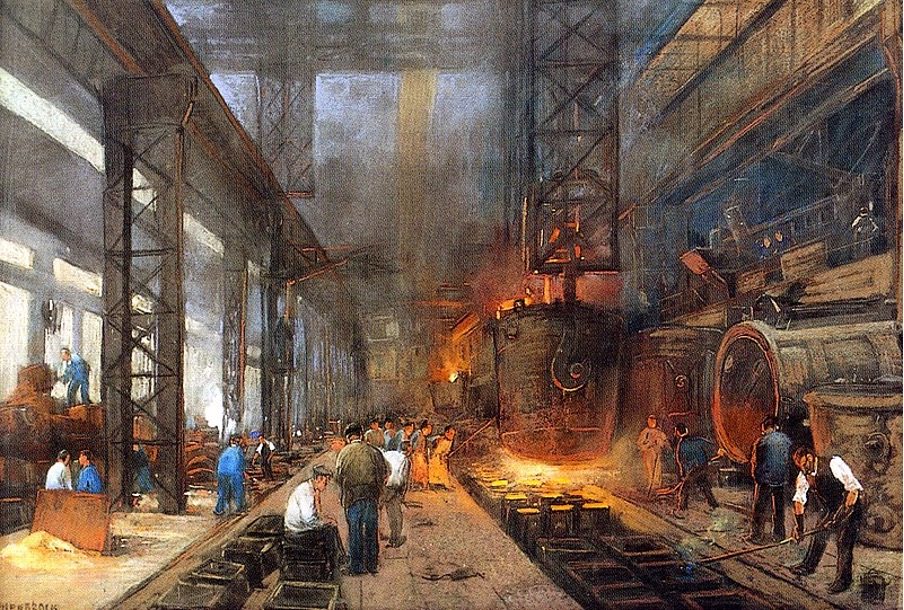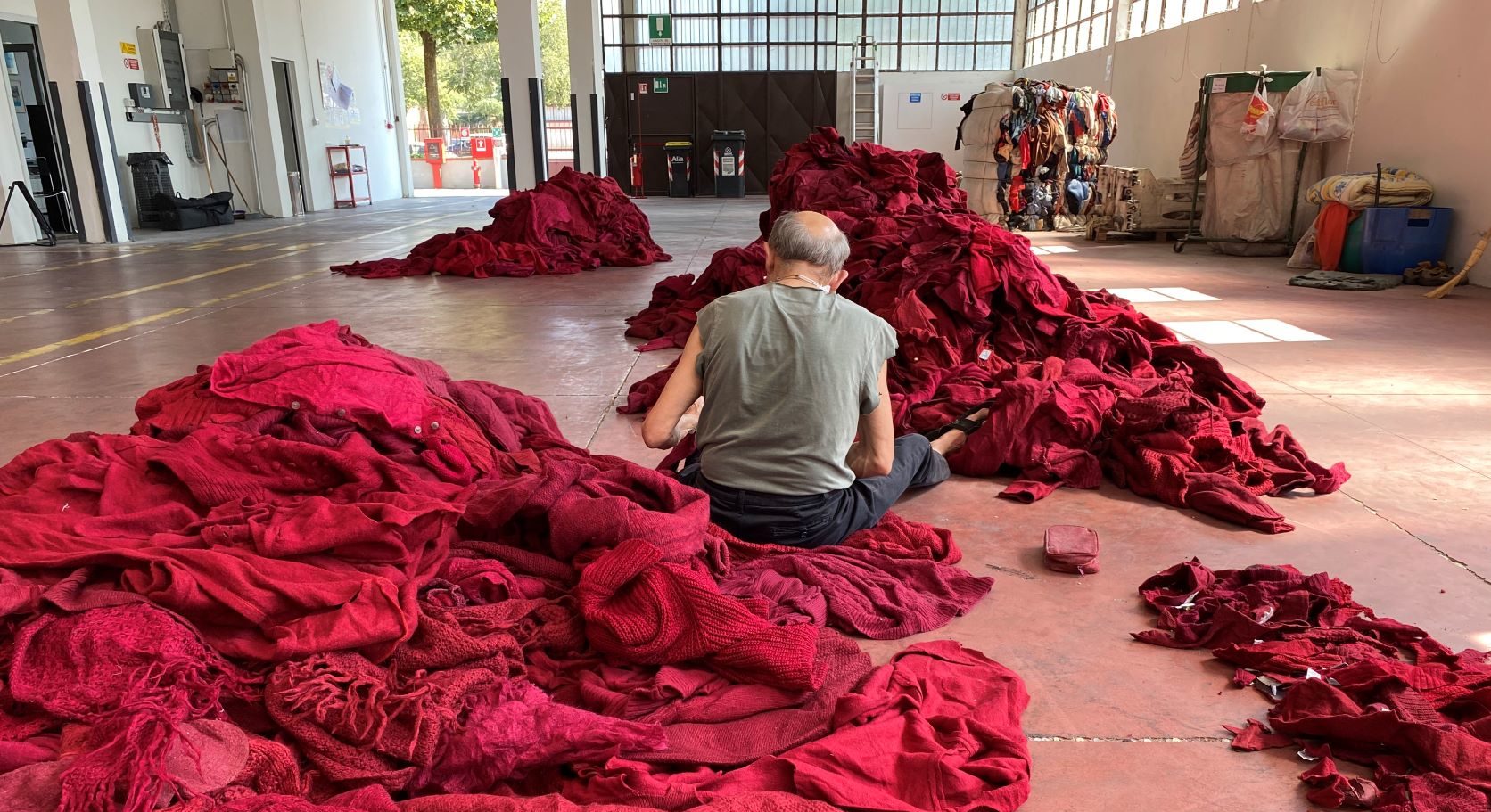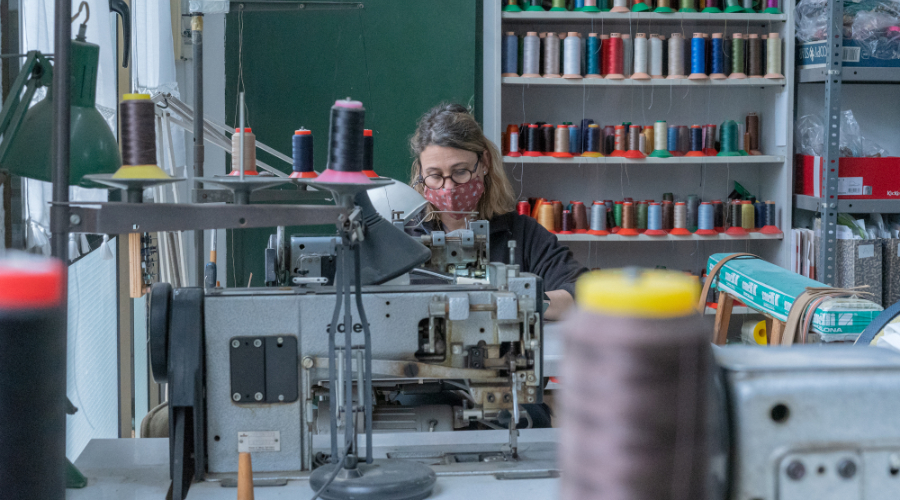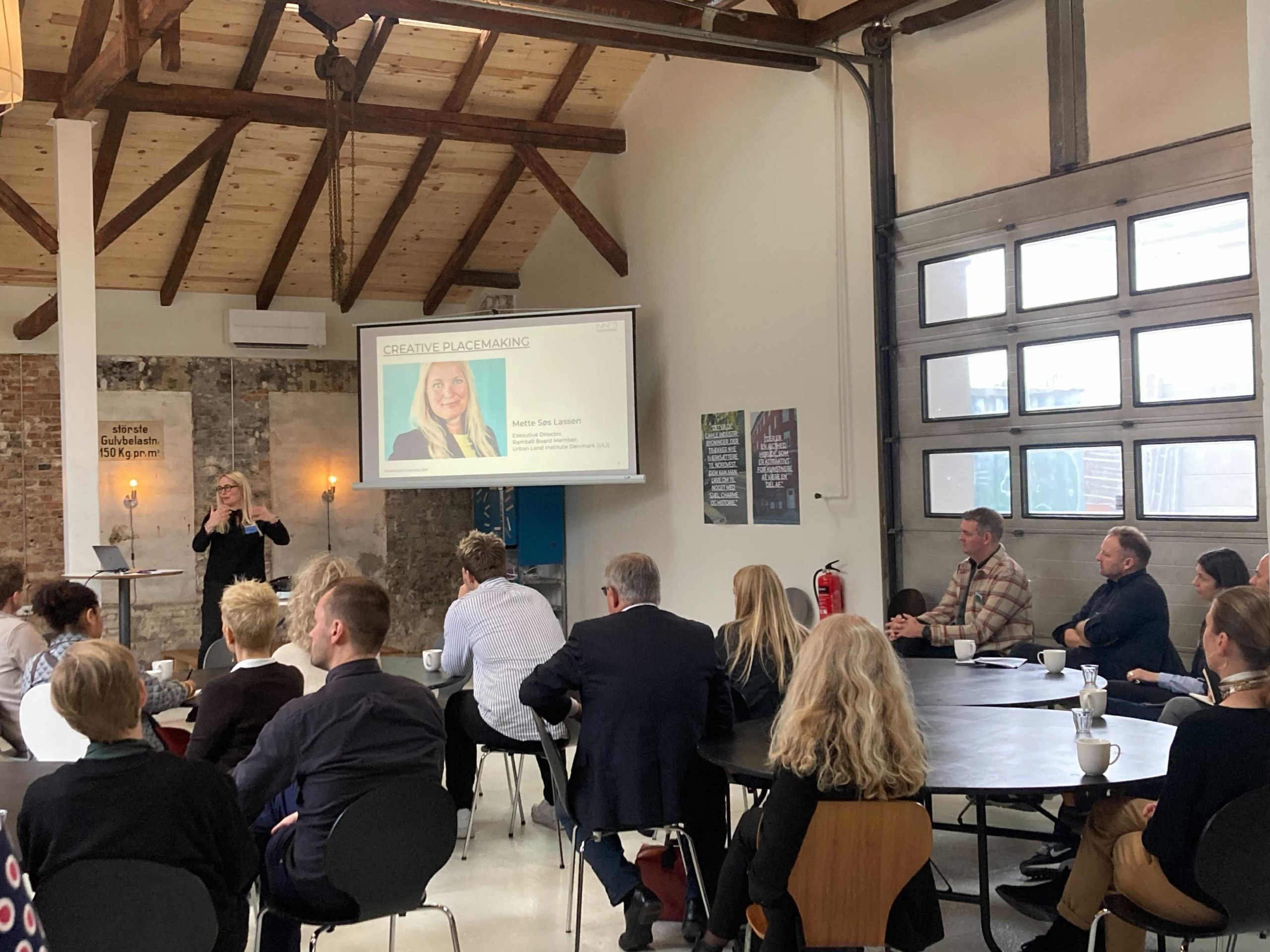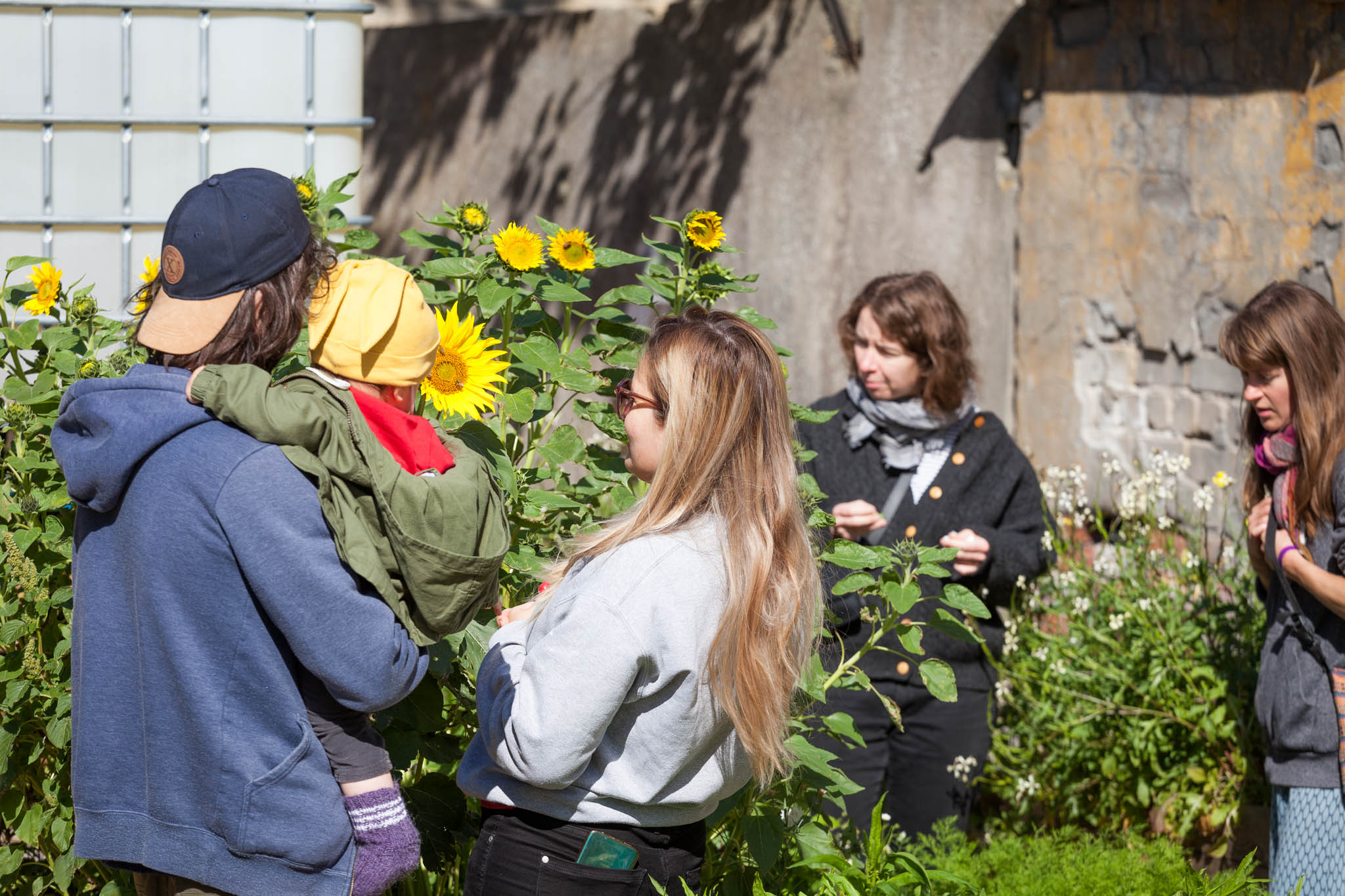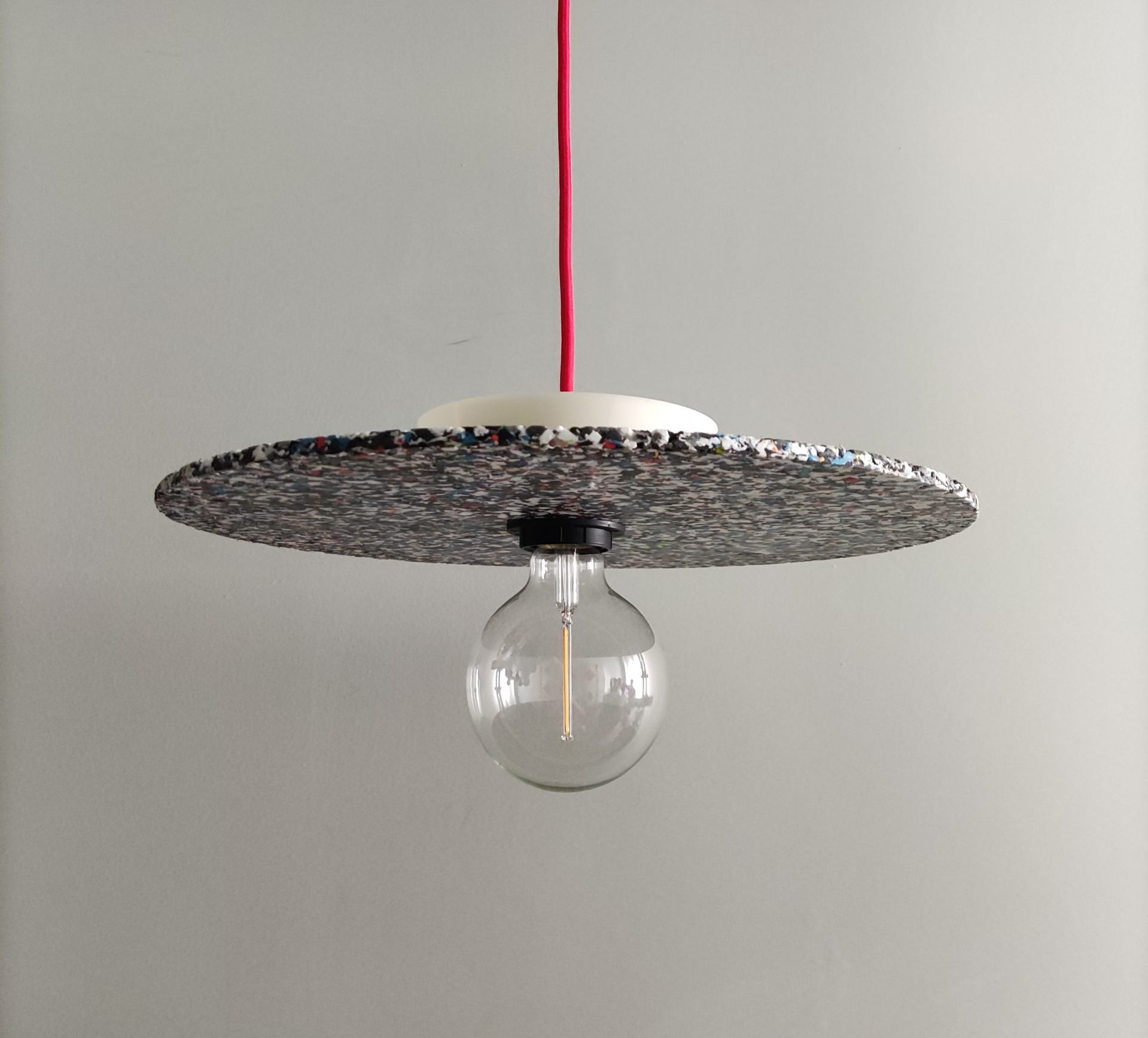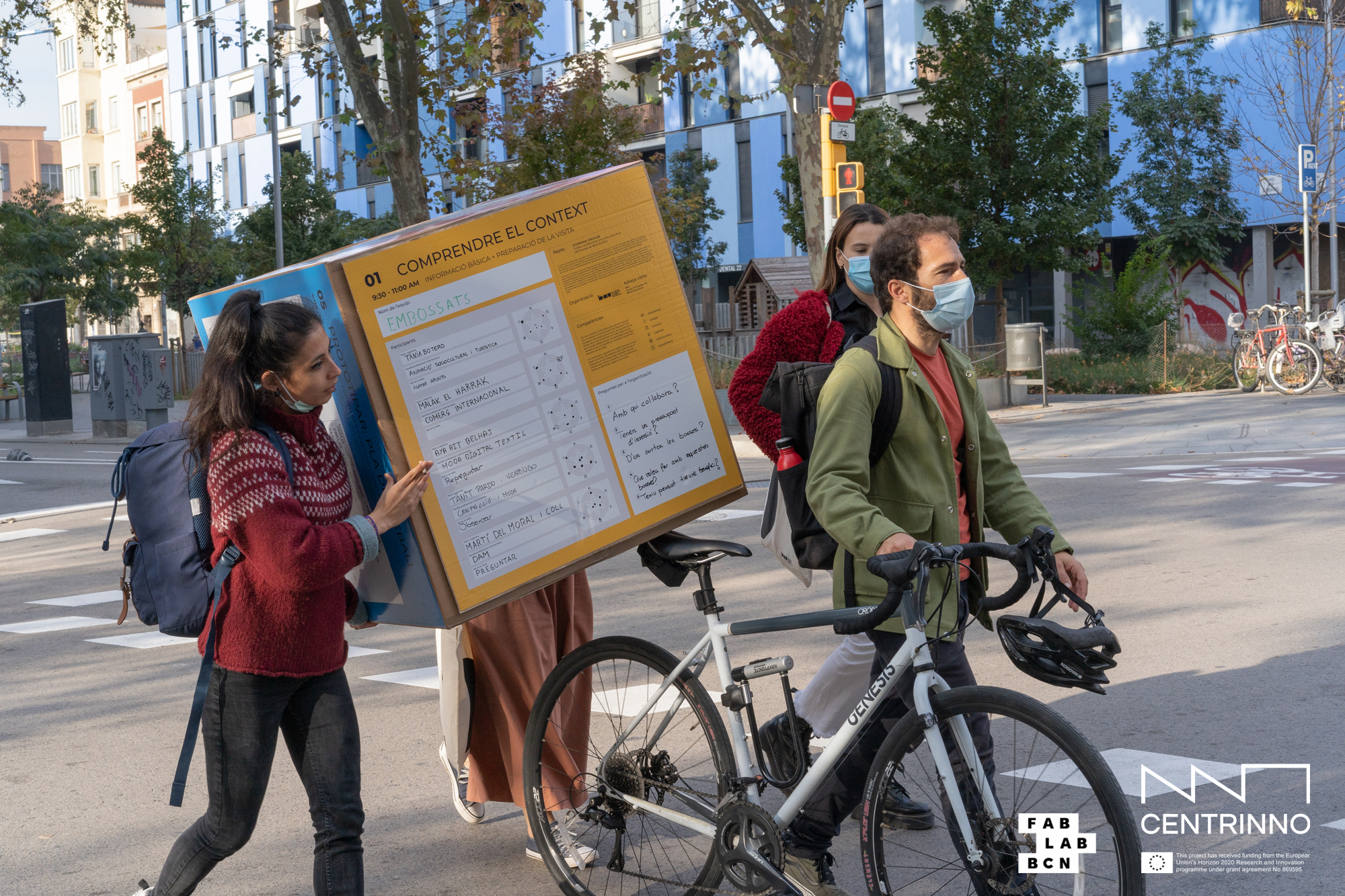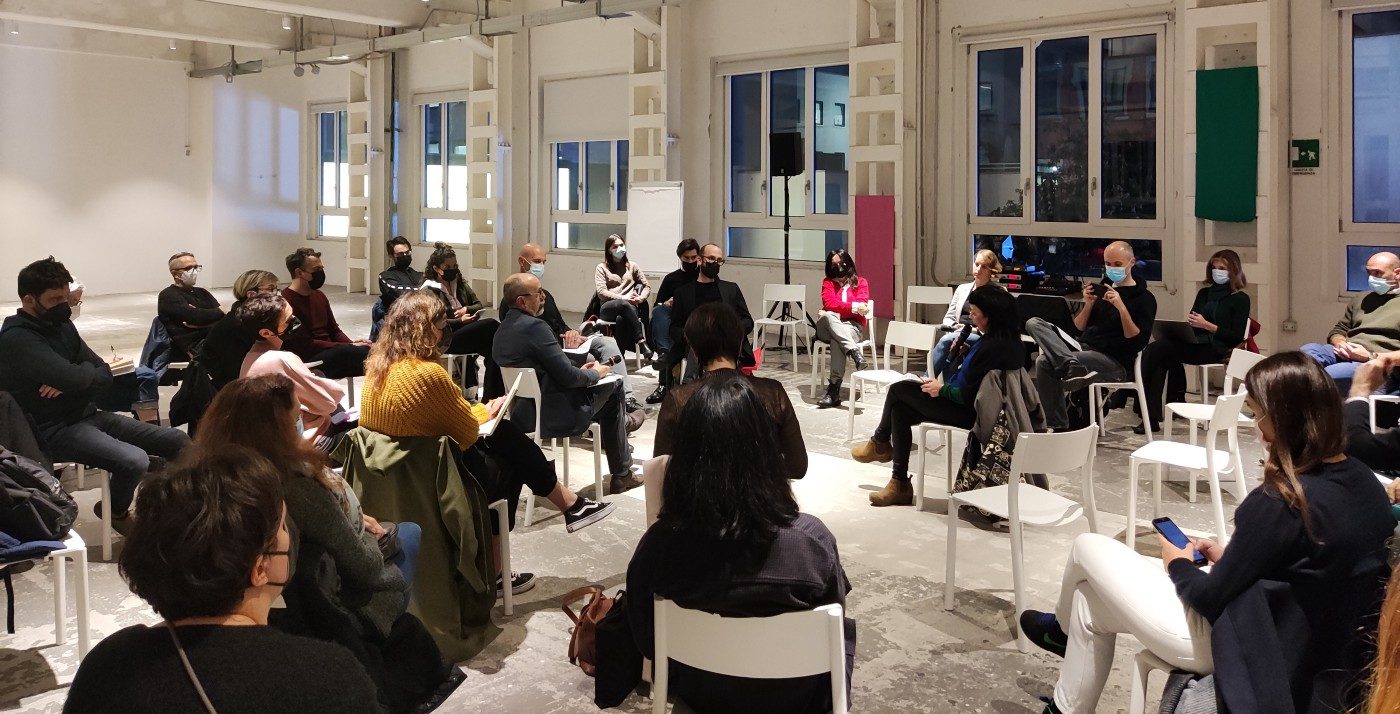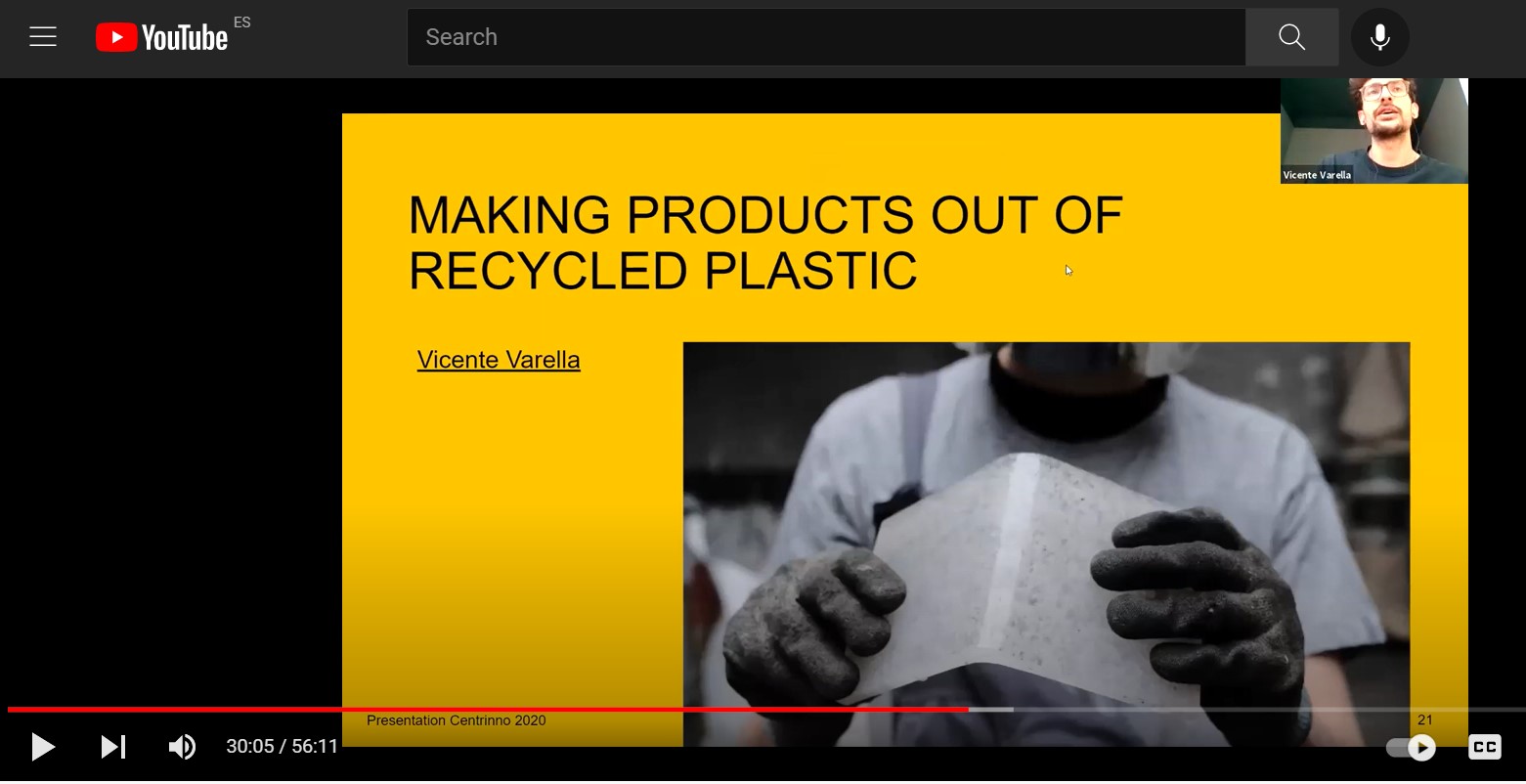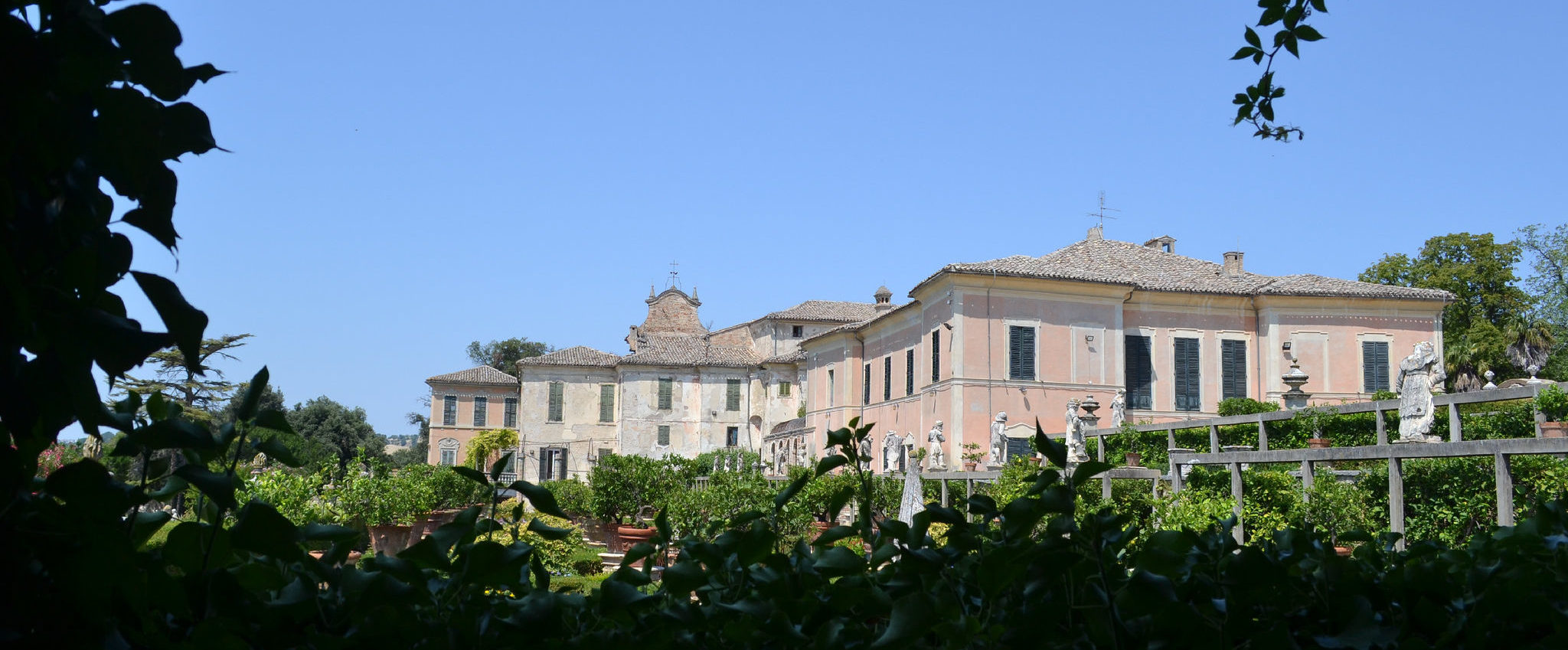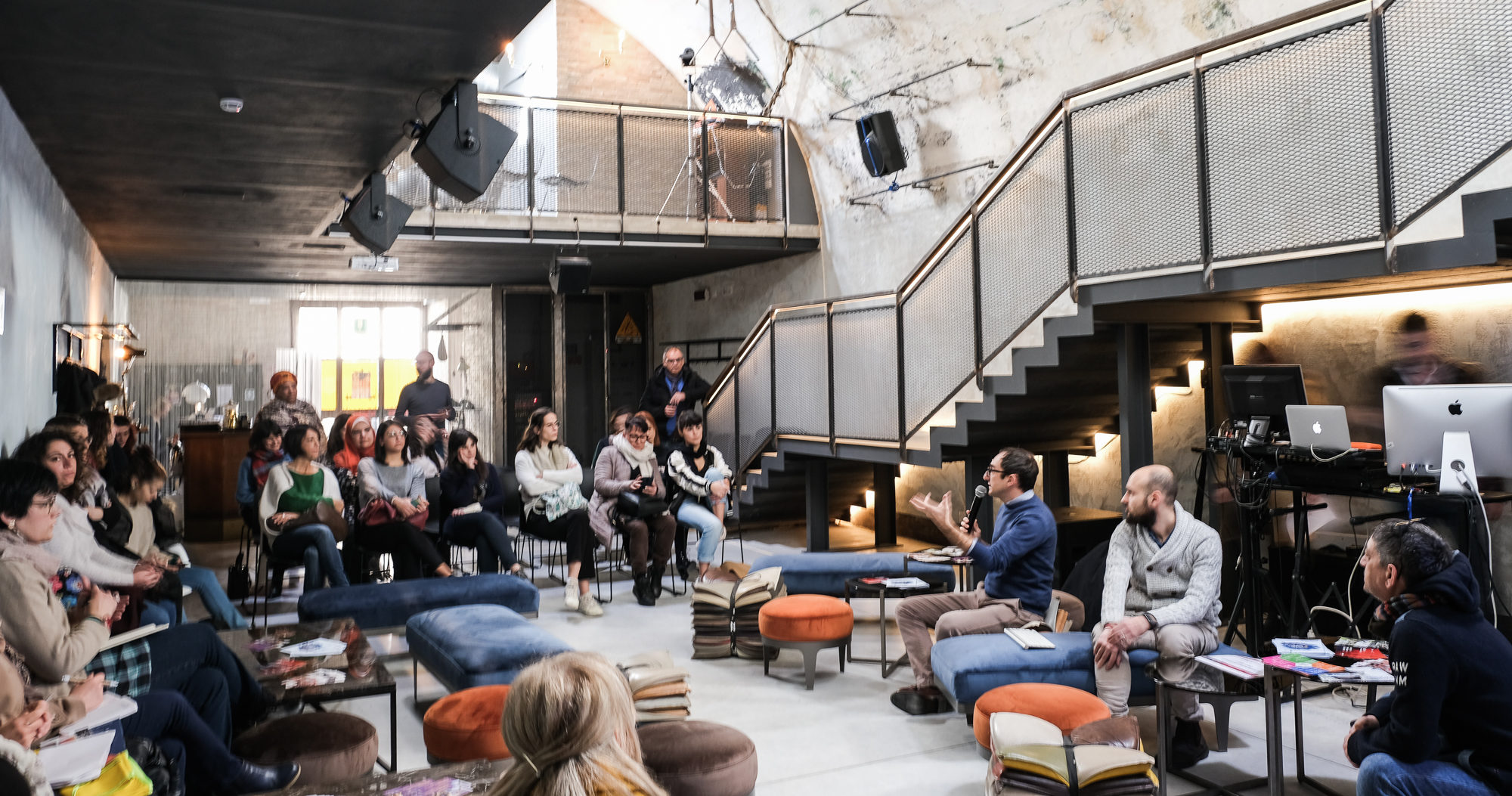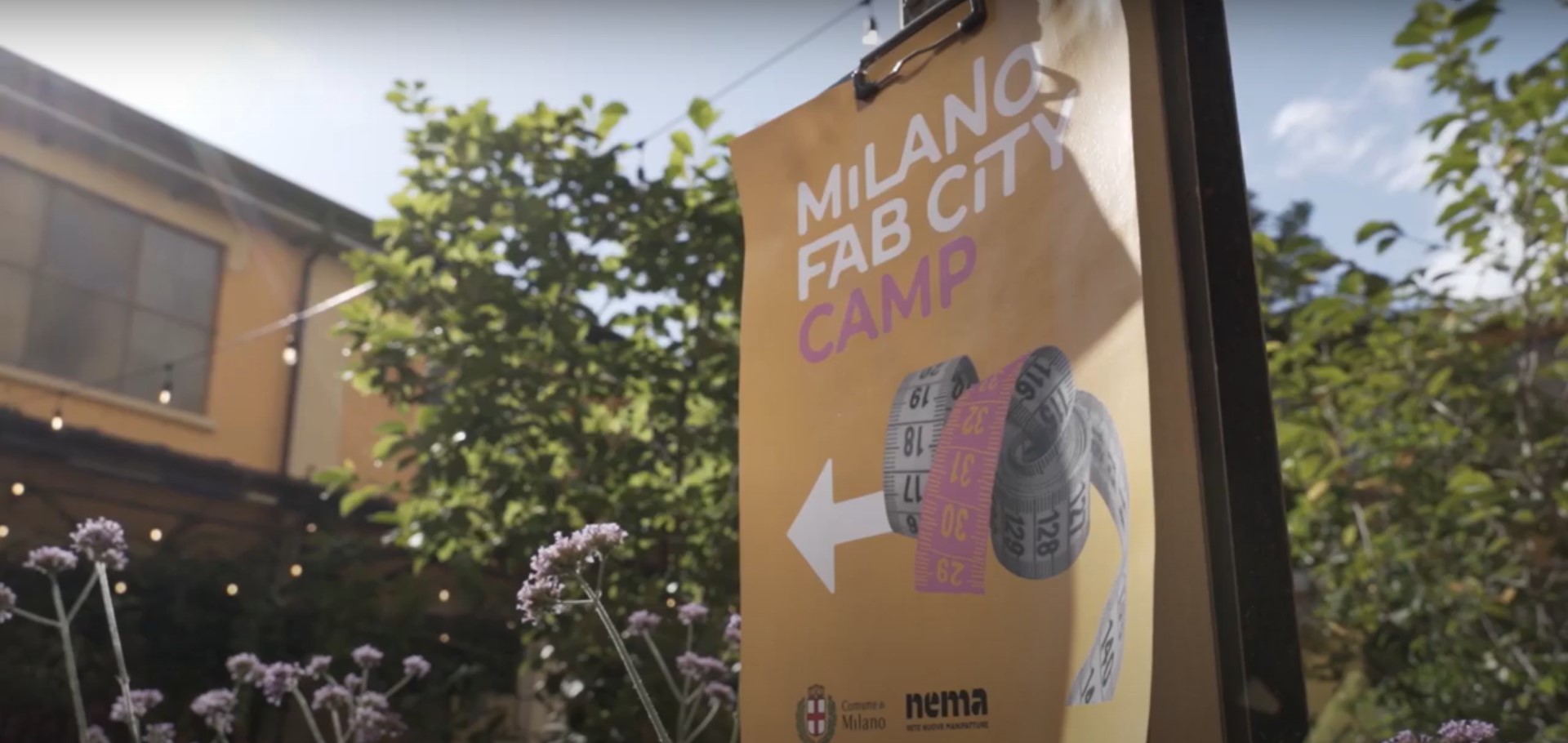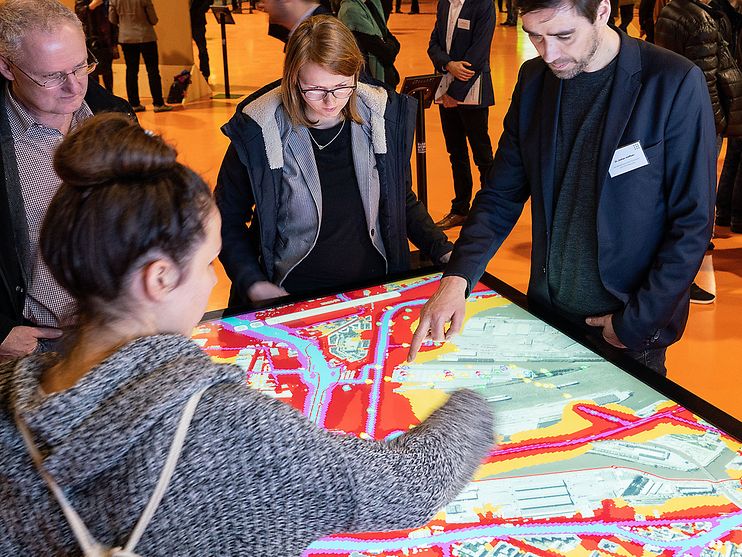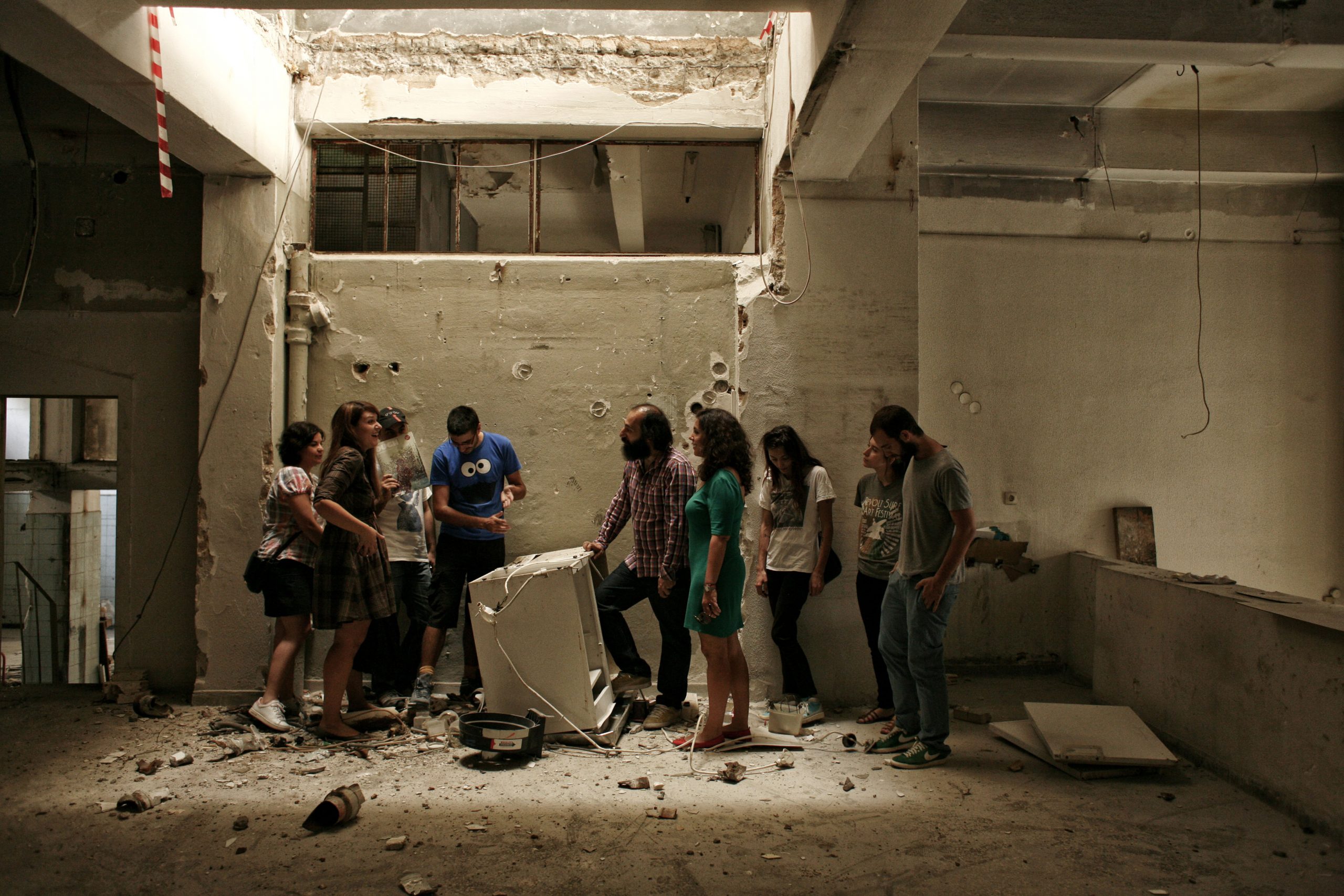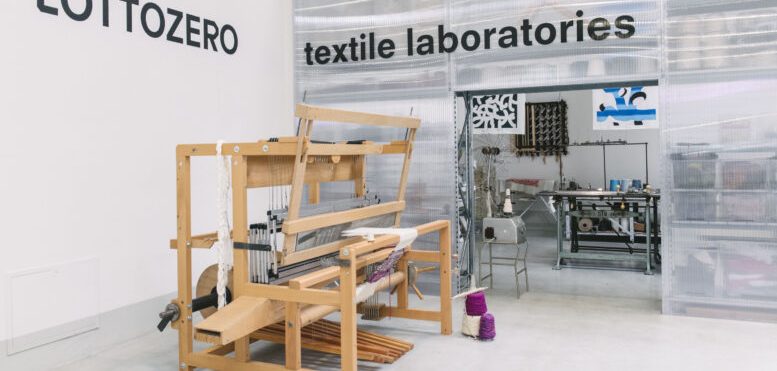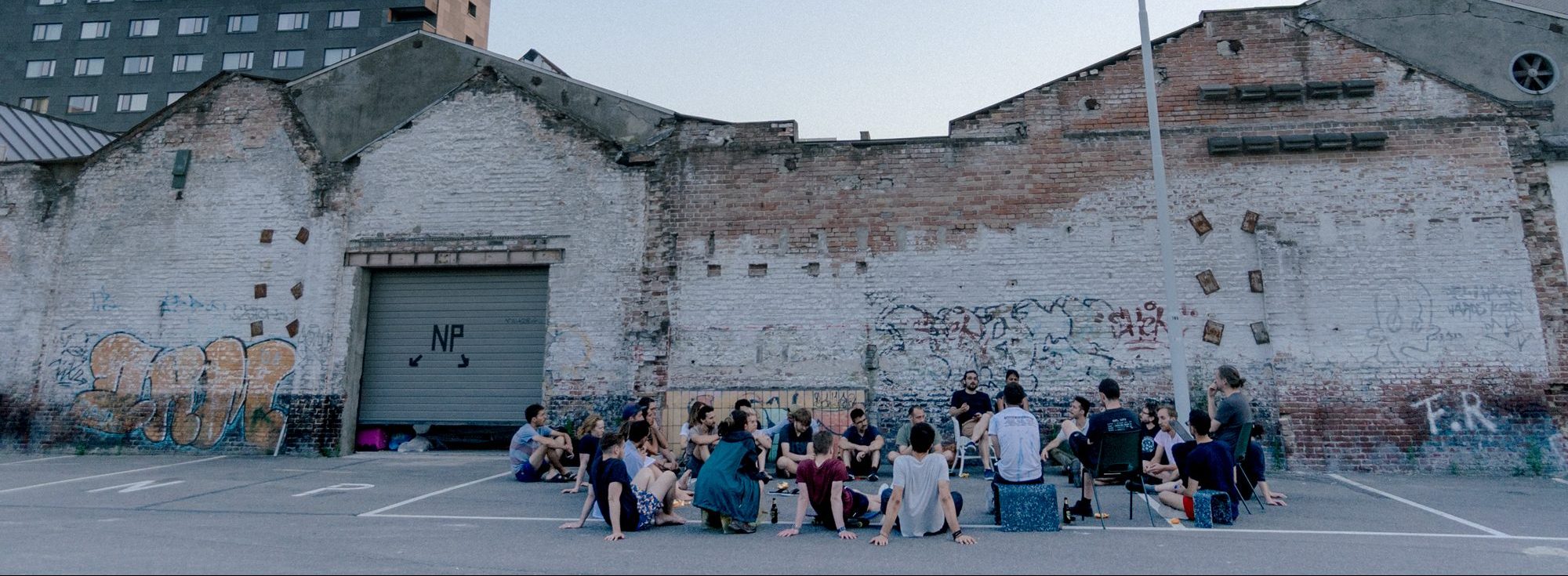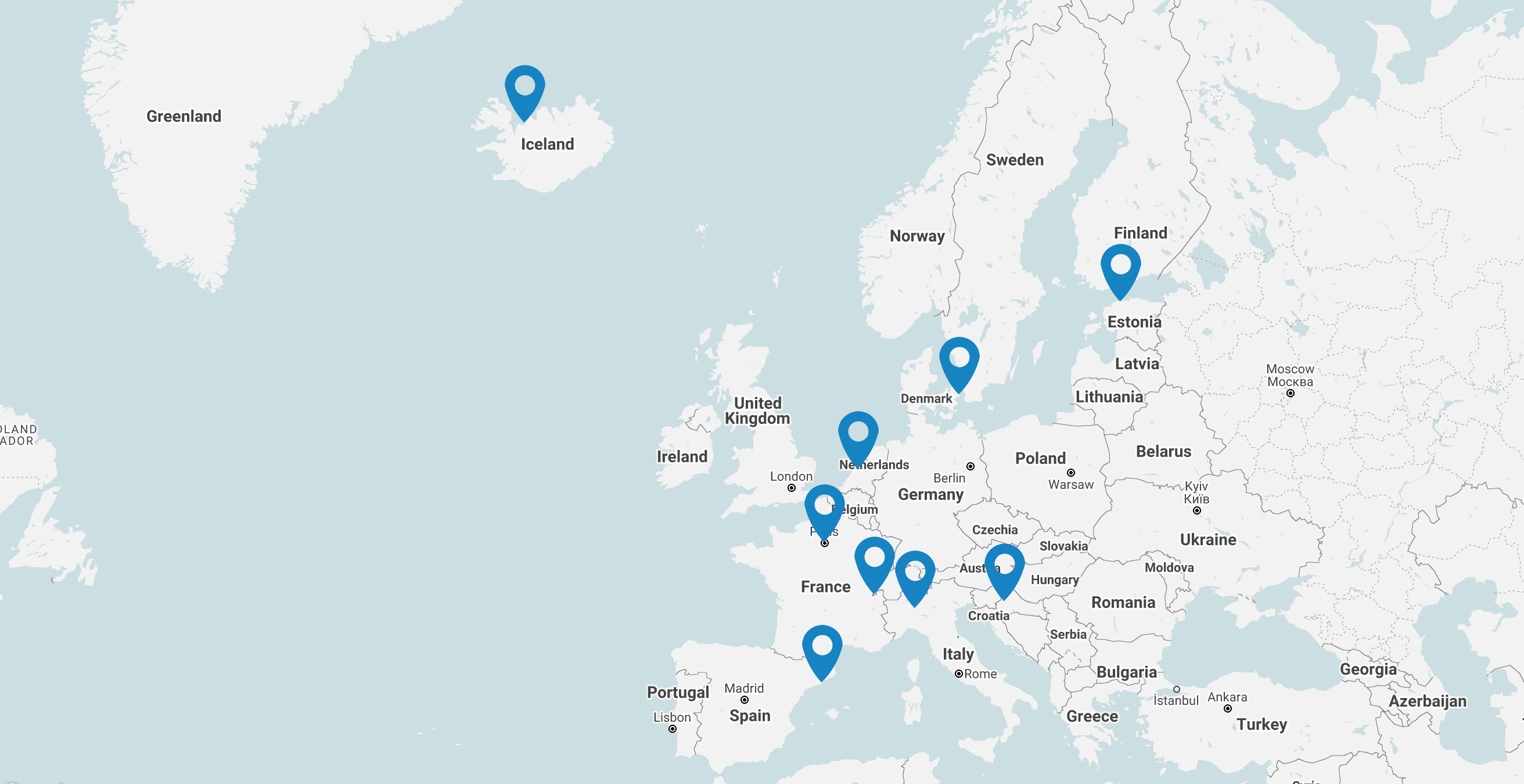BLOG
A guidebook to map urban ecosystems (and their resources)
Words by Metabolic
A guidebook to map urban ecosystems (and their resources)
A how-to guide to support our nine pilots in mapping the context of their local social, natural, industrial and cultural landscapes
The time has finally arrived! Ten months into the project, we are excited to share with you the first version of the CENTRINNO Urban Ecosystems Mapping Guidebook: a how-to guide to support our nine pilots in mapping the context of their local social, natural, industrial and cultural landscapes, as well as the multitude of currently undervalued resources that sites of urban regeneration have to offer.
We do hope this guidebook can also be used as a resource to all those urban changemakers outside of CENTRINNO who are interested in building a holistic understanding of urban ecosystems. To learn more about why we use mapping as a method to make sense of cities, read our article on the power of mapping here.
One ecosystem, many ways to map it
As diverse, complex and interconnected urban environments are, there is no one mapping method that provides us with all the answers we are looking for. In the end a map of “everything “ runs the danger of not telling us anything at all. In this guidebook, we present three mapping approaches that each play an essential role in identifying the strengths, potentials and challenges of a neighborhood or city:
- Making sense of context: A neighborhood is always part of a wider “ecosystem”. By mapping neighbourhood-scale social, economic, cultural and environmental indicators, we get a first sense of the local strengths and challenges urban regeneration projects need to tackle.
- Diving deeper into local resources: Next, we are presenting two ways to identify locally available resources that can be leveraged towards a more inclusive and circular local economy – the waste-based material flow analysis and a bottom-up stakeholder resource survey.
- Uncovering the complex layers of emotion: Mapping the physical world is relatively easy. But urban regeneration often changes the physical cityscape without mapping what it emotionally and culturally means to newcomers and locals alike. In our guidebook, get introduced to a few approaches to “ethnographic mapping” which we apply in CENTRINNO to uncover the complex relationships citizens have with their (regenerated) neighbourhoods and their resources.
Check the full GUIDEBOOK under the Resources section of this website, here.
If you are interested in applying or learning more about any of our proposed methods, reach out to [email protected]. We are always looking for ways to improve and expand our approach!
Disclaimer
This guidebook is a pre-approved version of the Deliverable D2.1. submitted to the EU Commission. The contents of this document therefore are subject to change.
Metabolic



